Kathak Dance : A Major Traditional Classical Dance Form in India – Exploring Kathak’s Origin, History, Elements, Costumes, and its Connection to the Bhakti Movement / Cosmic Resonance: A Mesmerizing Kathak Dance Performance by Devaniya – Dakshin Gharana, Kathak Dance School (Updated)
– a dance form with intricate poses, expressions, grace, & precise rhythmic patterns
| CasualWalker’s Rating for Cosmic Resonance Kathak Dance Performance by Dakshin Gharana : | |

9.8 – Superb Awesome
|
Kathak is a significant classical dance form in India, alongside other major forms like Bharatanatyam, Kathakali, Kuchipudi, and Odissi. It is an ancient Indian classical dance that originated from wandering bards called Kathakars, who were storytellers.
Kathak which is known for its intricate poses, expressions, grace, and precise rhythmic patterns, Kathak involves skilled hand, eye, body movements, and footwork. This classical dance is performed by both males and females.
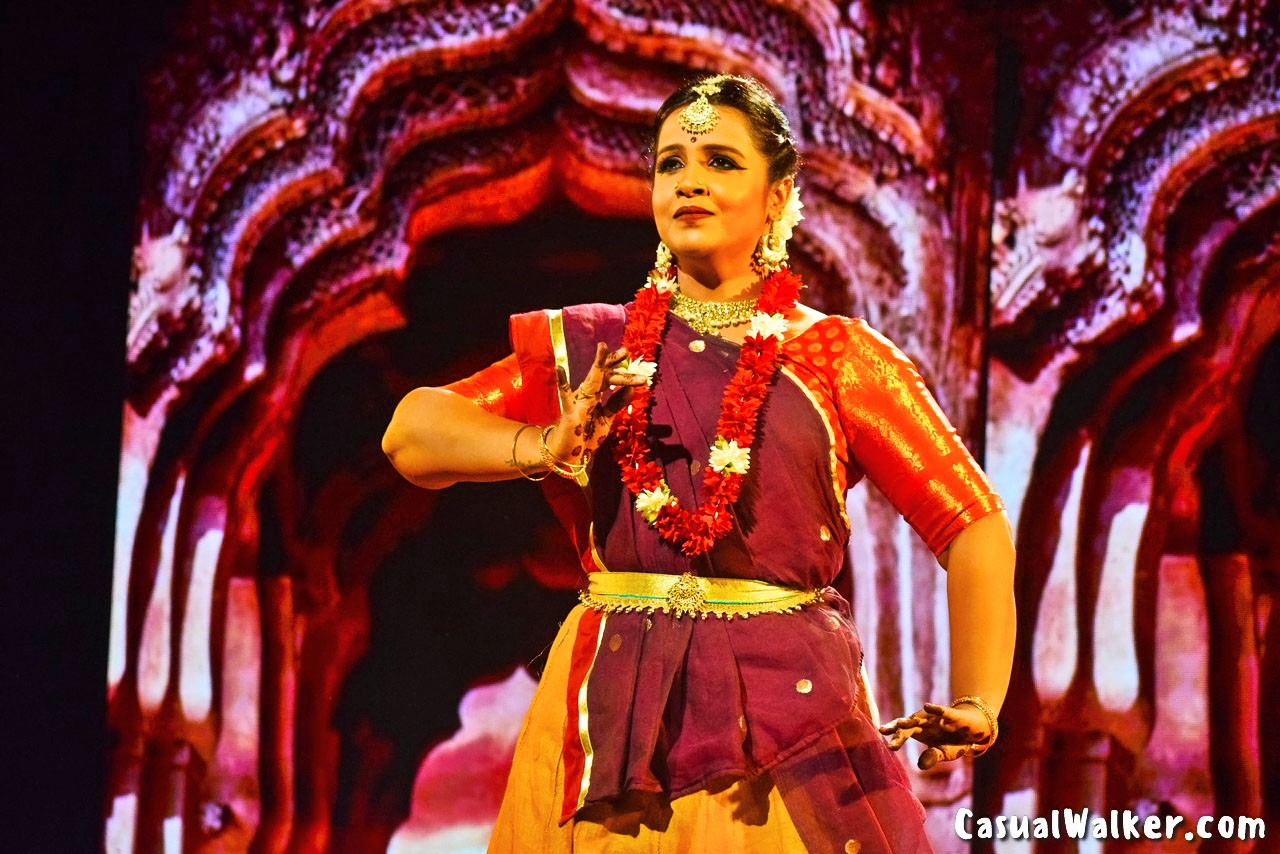
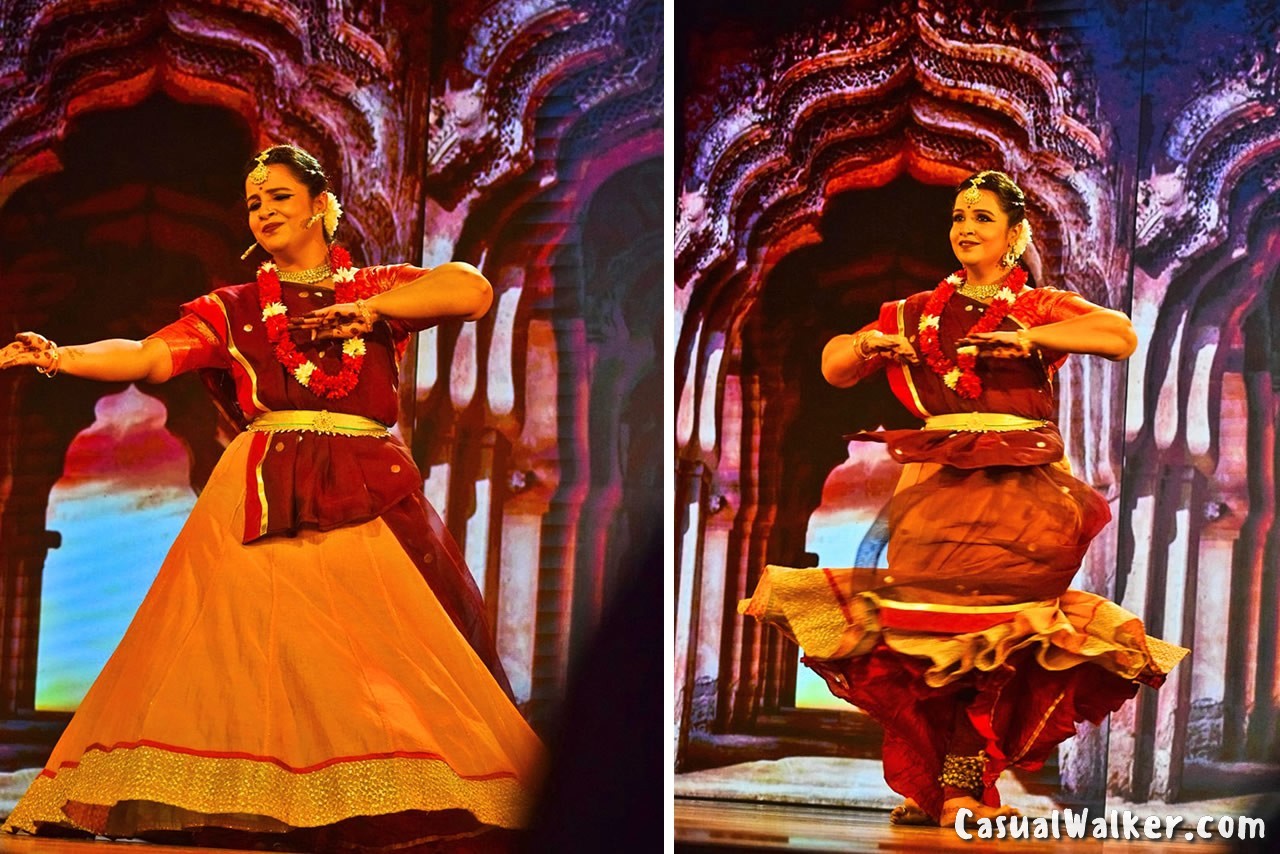
Cosmic Resonance: A Mesmerizing Kathak Dance Performance by Dakshin Gharana
Cosmic Resonance is a captivating Kathak dance performance by Devaniya, – Founder School, Dakshin Gharana of Kathak in Chennai. This renowned Kathak dance school, led by Jigyasa Giri, presented a delightful show that celebrates the ultimate source, the Mother, Jagat Janani – the Goddess Durga. The performance is a beautiful kaleidoscope of Kathak sequences, showcasing the artistry and grace of this traditional dance form.
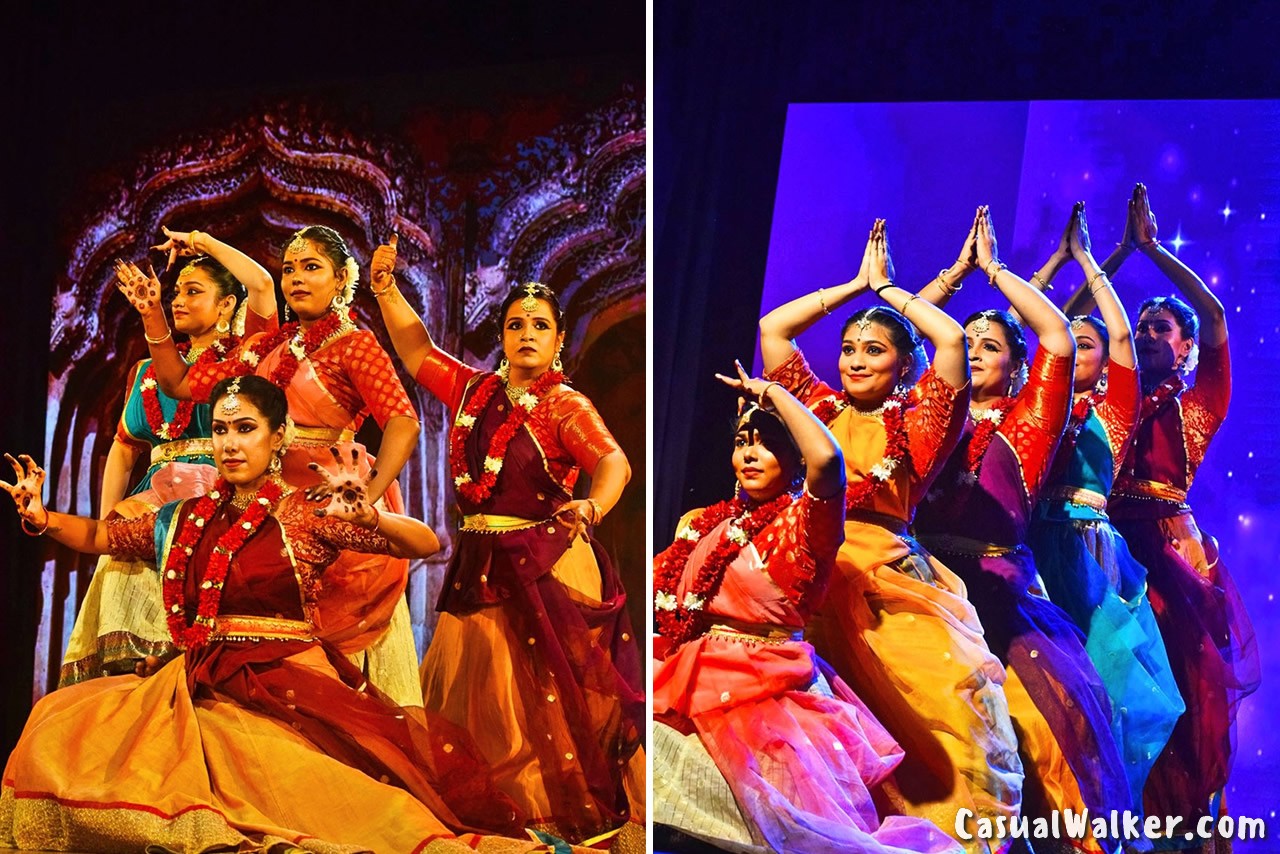
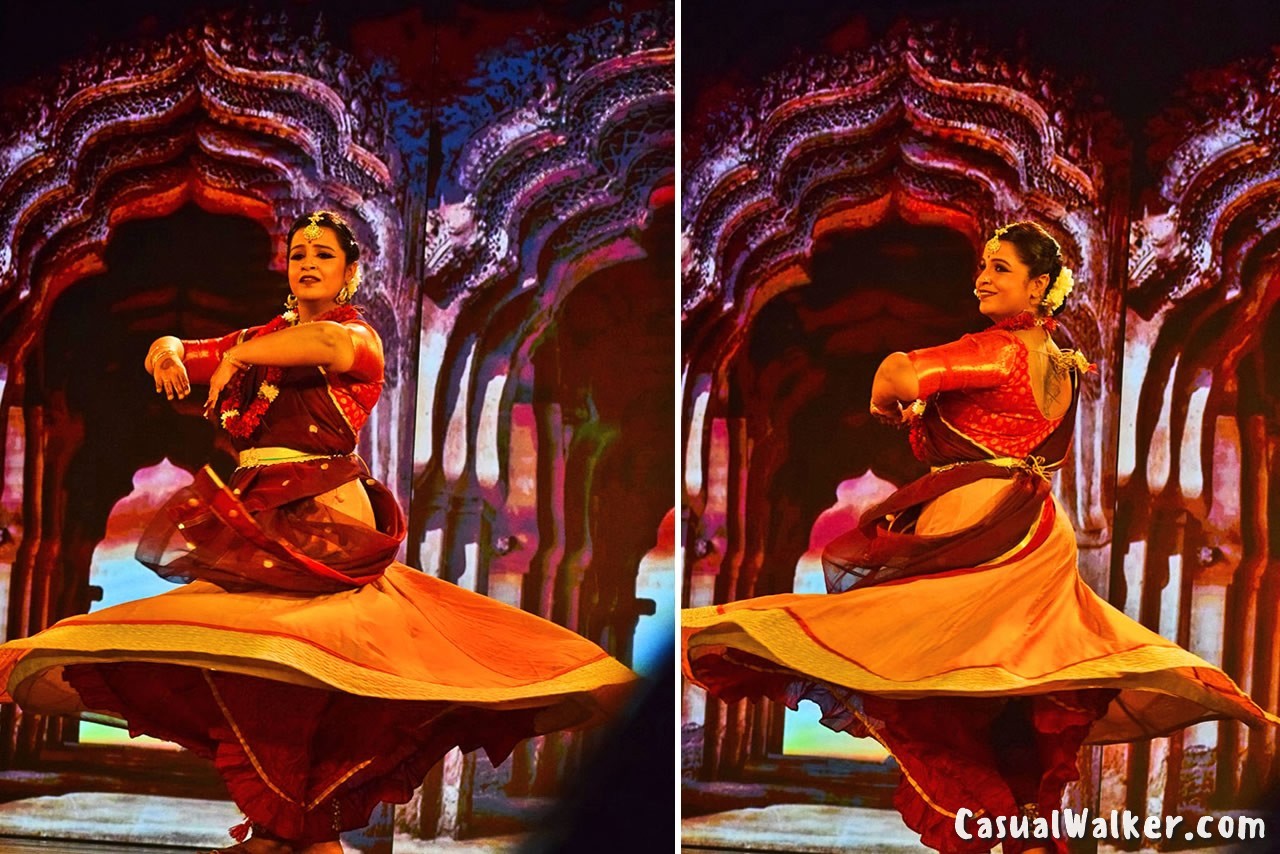
Kathak Dance: A Comprehensive Overview
Kathak, a classical dance form originating from Uttar Pradesh, holds a special place as one of India’s classical dances, enriched with traditional and cultural heritage. The technical and aesthetic aspects associated with Kathak have been passed down through generations as an oral tradition.
The term “Kathak” is derived from the Vedic Sanskrit word ‘Katha,’ meaning “story,” and ‘Kathakar,’ meaning “the one who tells a story.” Wandering Kathakars, or traveling bards, conveyed tales inspired by ancient epics and mythologies through a combination of dance, songs, and music.
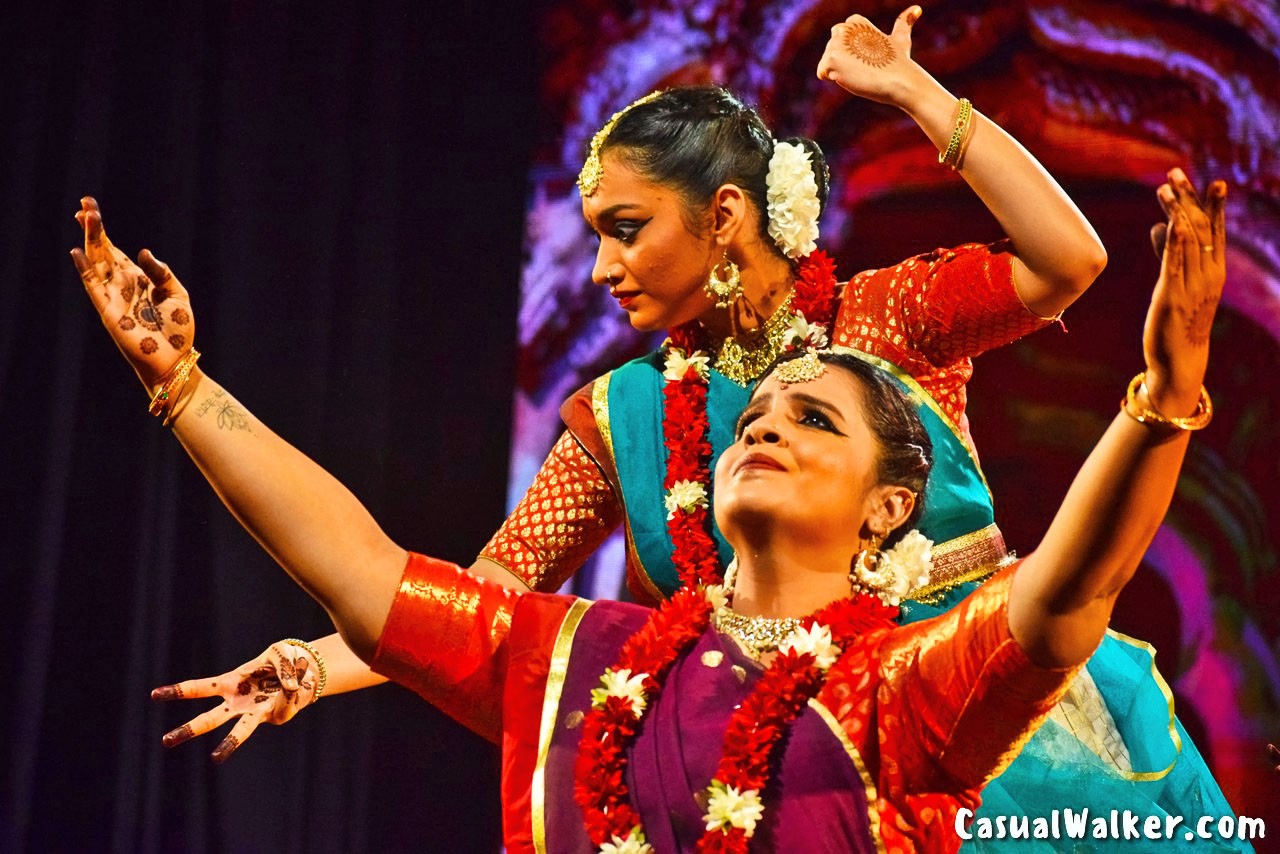

Kathakars tell stories through rhythmic foot movements, hand gestures, facial expressions, and eye work. Kathak dance performances often depict stories centered around the Hindu deity Krishna and his childhood. There are three main schools, or Gharanas, of Kathak, each with its unique emphasis—Jaipur Gharana, Benaras Gharana, and Lucknow Gharana. These Gharanas differ in their focus on footwork versus acting, with each being particularly renowned in its own right.
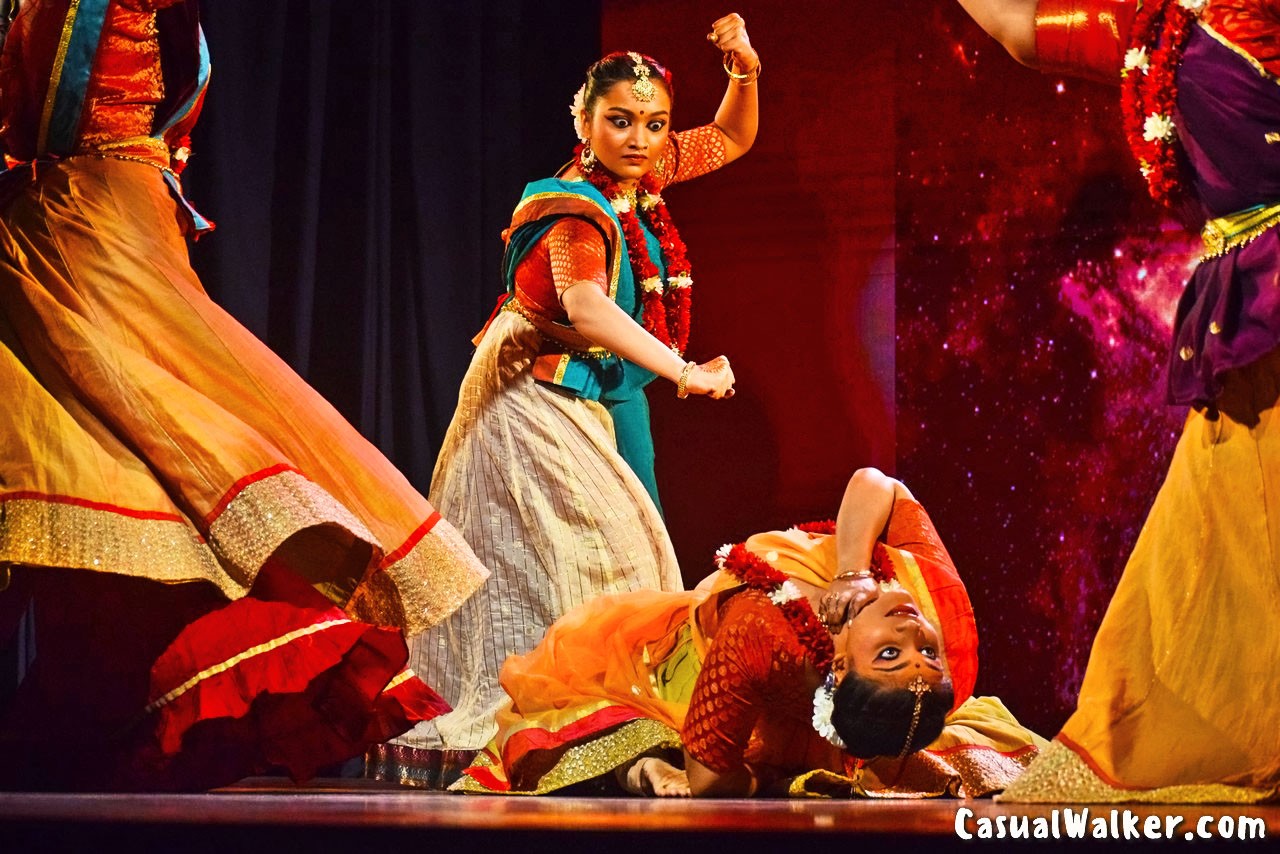
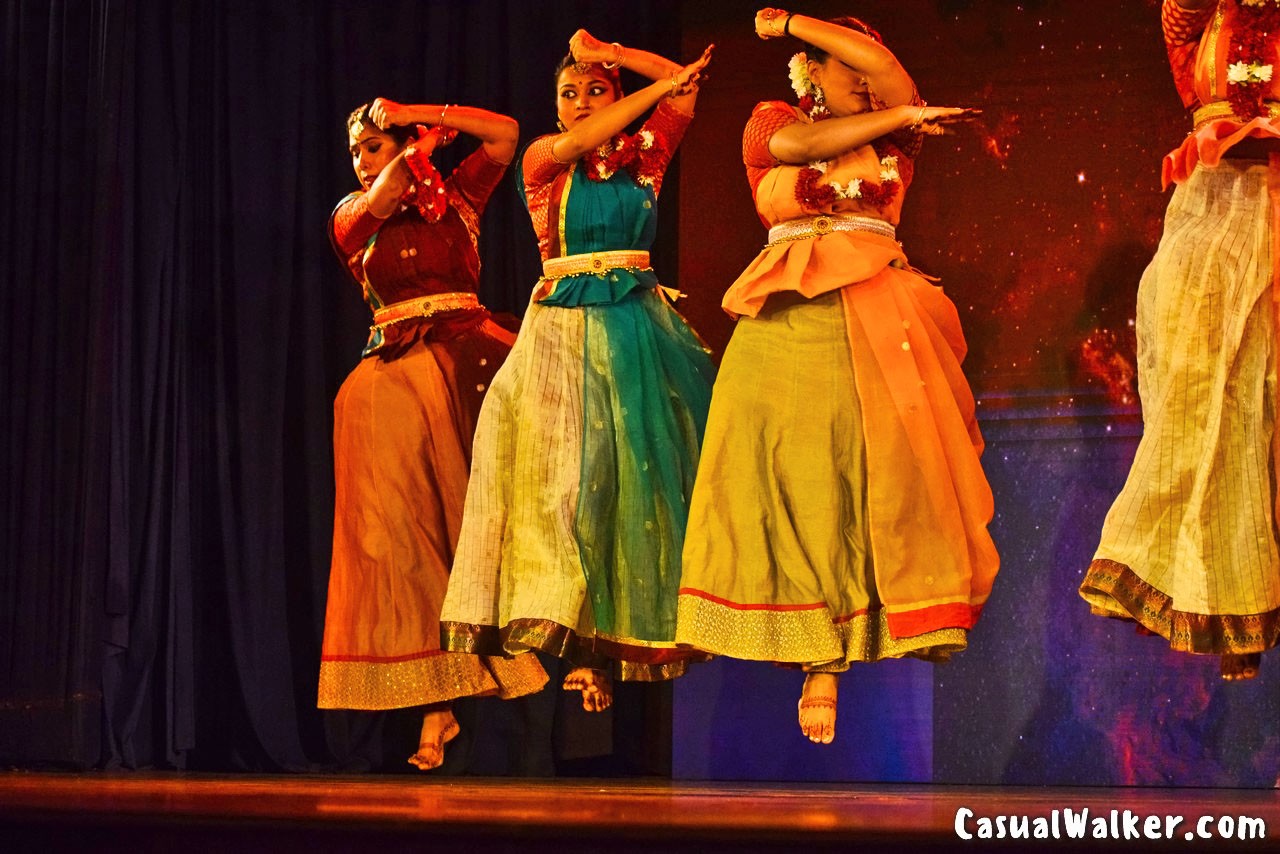
History of Kathak Dance: Origins and Evolution
The roots of Kathak can be traced back to the Natya Shastra, an ancient Sanskrit text written by Bharata Muni. Kathak has historical origins dating back to the 4th century BC, evident in the engravings of Kathak dancers on ancient temple scripts and sculptures. Kathak performances often revolve around Hindu deities like Krishna, Shiva, or Devi, with stories sourced from texts such as the Bhagavata Purana and the Indian Epics.
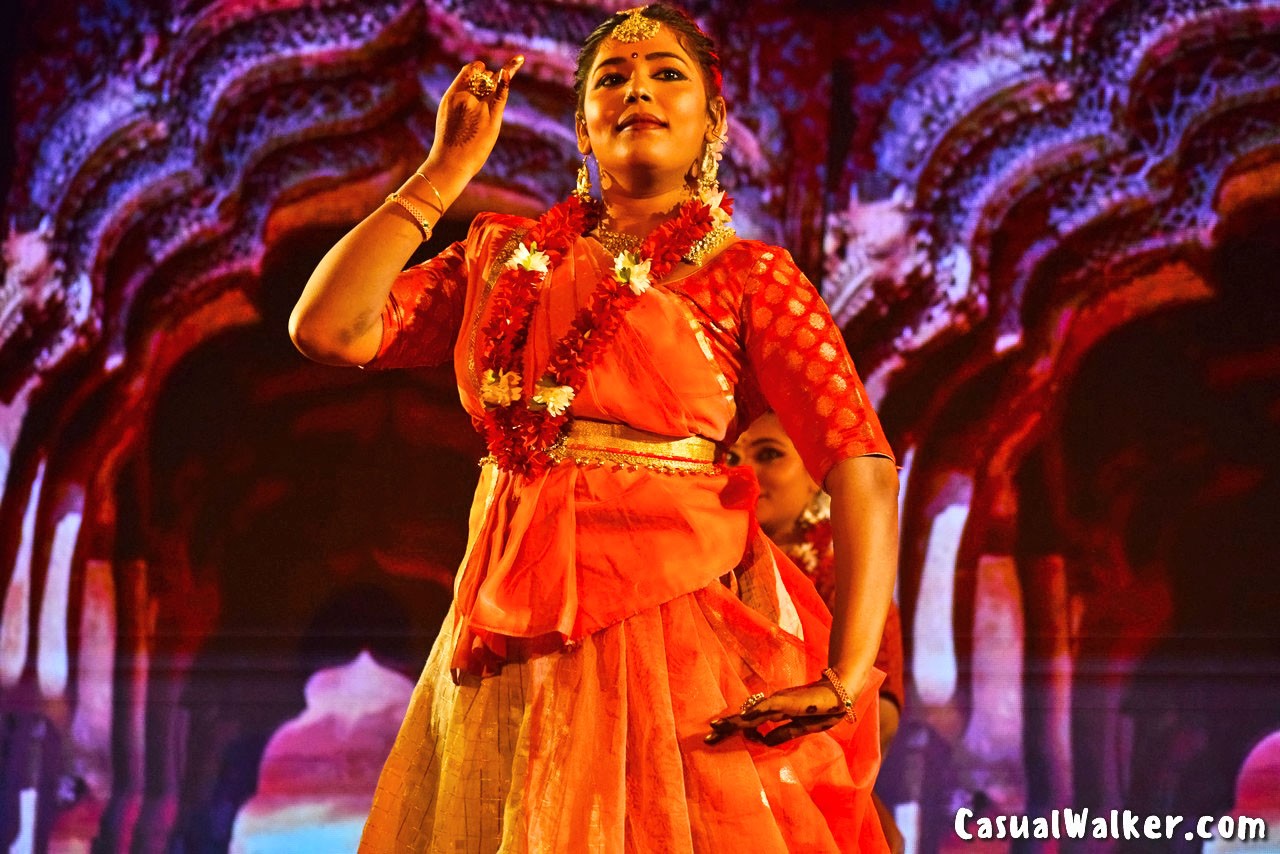
Kathak dance is said to have originated primarily in Uttar Pradesh (U.P). The term “Kathak” is derived from the word “Katha,” meaning story. Throughout the entire dance, performers narrate stories using their eyes and expressions.
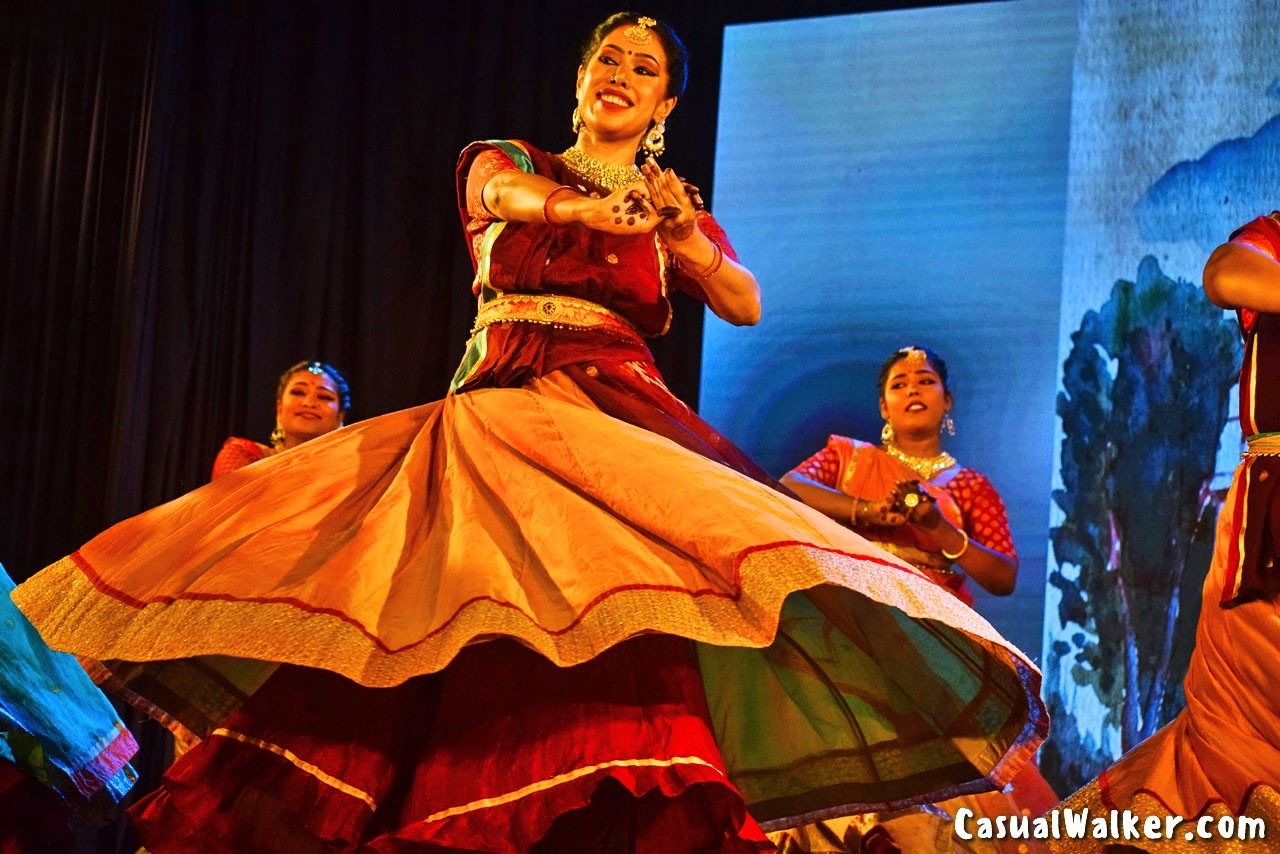
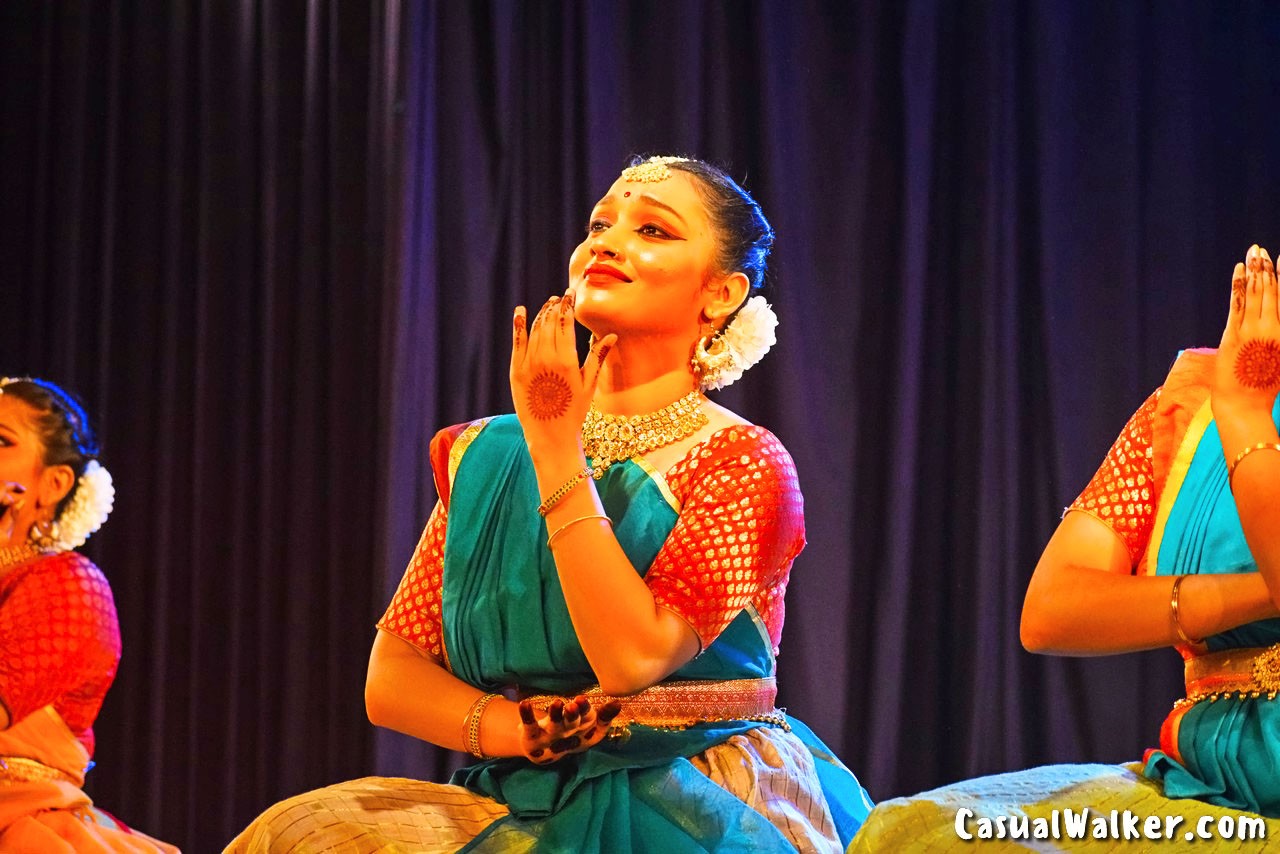
Key Components of a Kathak Dance Performance: Unveiling the Three Main Segments
Invocation
This is where the artist offers prayers or salutations to their guru and to God. In Hindu performances, the artist employs mudras (hand gestures) for this purpose.
Elements of Kathak:
1. Nritta: This focuses on the technical aspects of the performance, where the dancer emphasizes speed, pattern, form, range, and rhythm without introducing interpretive elements. It begins with slow and graceful movements of the neck, wrists, and eyebrows.
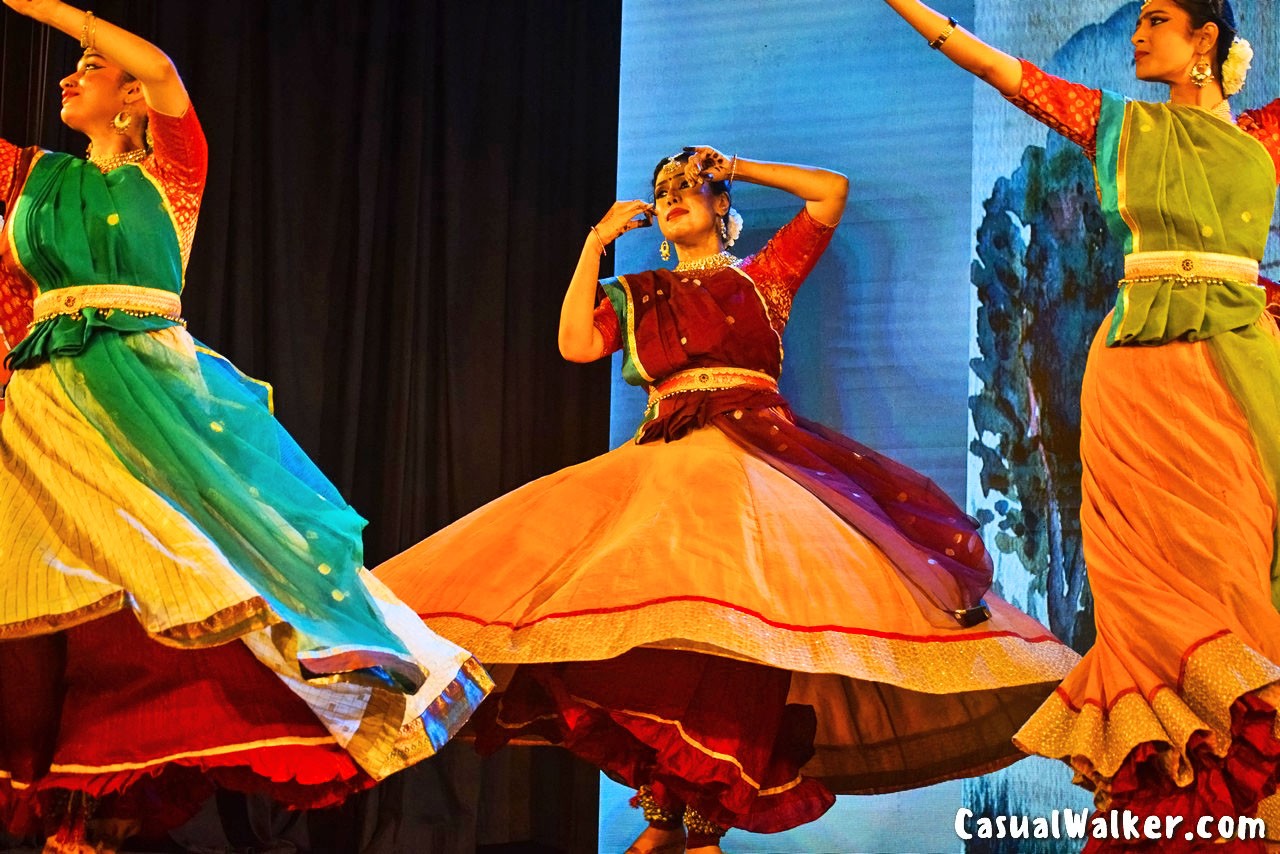
2. Nritya: In this aspect of the dance, the dancer presents a story or theme, expressing feelings and gestures. To convey Nritya, body movements and gestures are typically slower and synchronized with the musical notes.
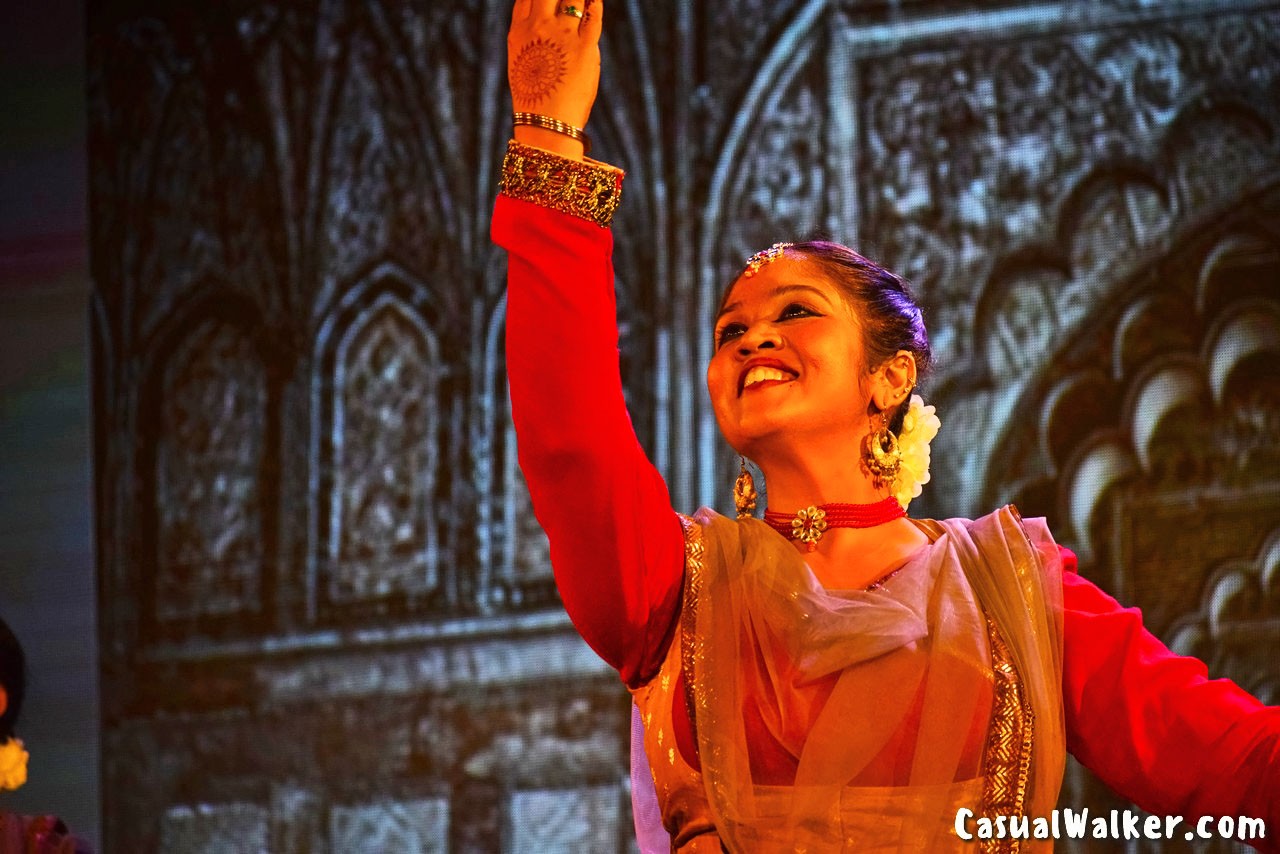

3. Natya: This is conveyed by the dancers maintaining specific body movements for particular characters, communicated through interpretive dance.

Kathak Dance and the Bhakti Movement: The Spiritual Connection
Kathak originated as an expression of devotion to Lord Krishna. Studies suggest that Kathak originated in Varanasi and then traveled through Lucknow, Jaipur, and other parts of North and Northwest India.
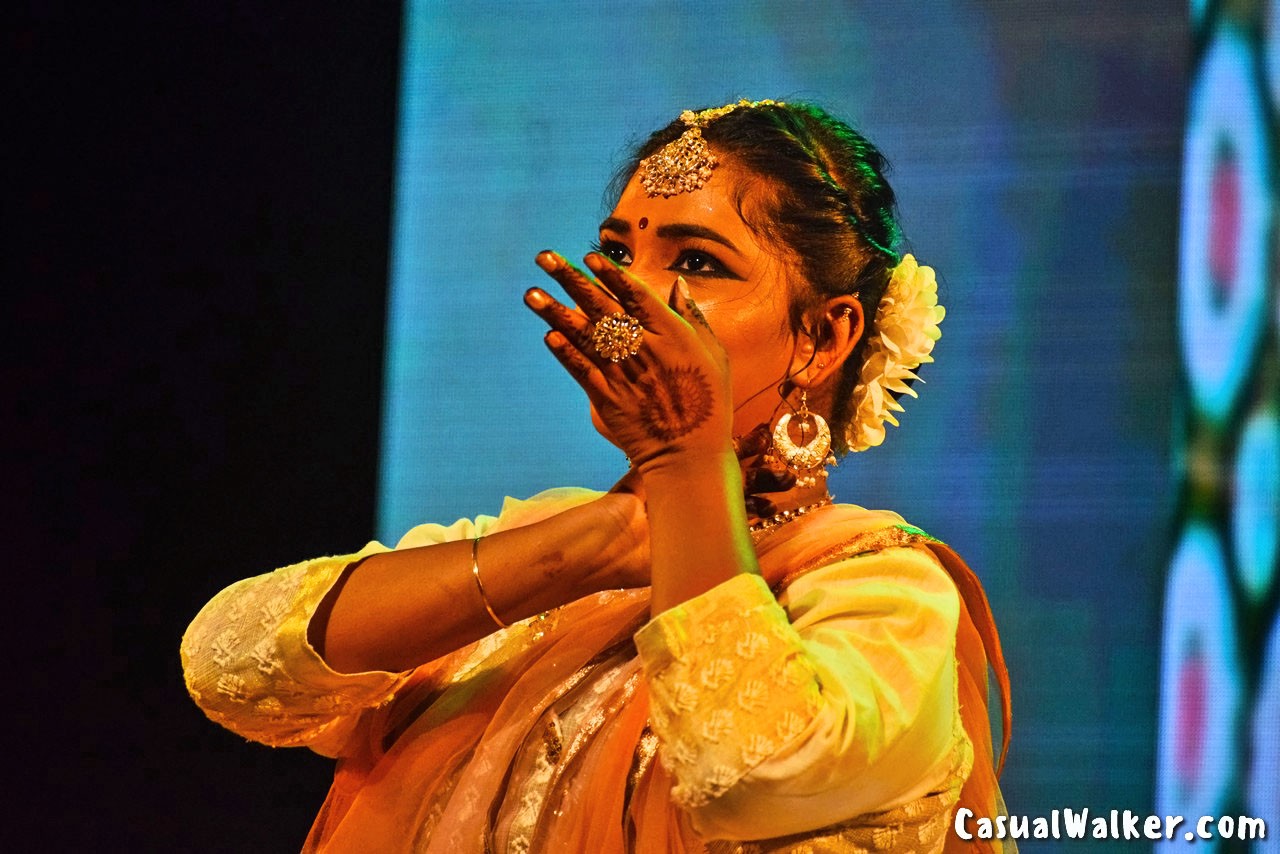
The Lucknow tradition of Kathak holds that Lord Krishna appeared in the dream of his devotee, named Ishwari. In her dream, he instructed her to develop dance as a form of worship. Ishwari, following these divine instructions, developed Kathak as a dance form. Through her descendants, the learning and development were preserved, giving rise to the Lucknow Gharana of Kathak.
During the Bhakti movement era, Kathak focused on themes depicting the immortal love between Radha, Krishna, and the Gopis.
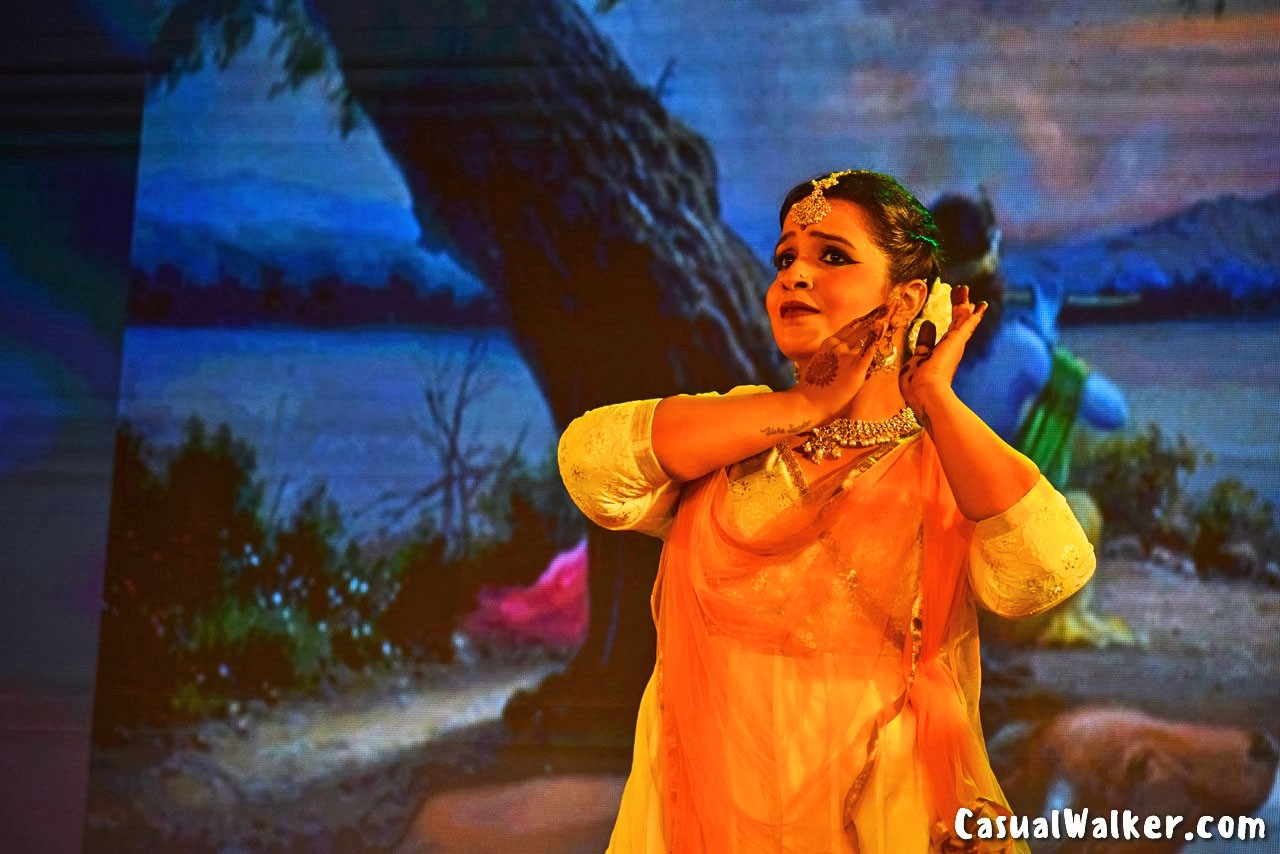
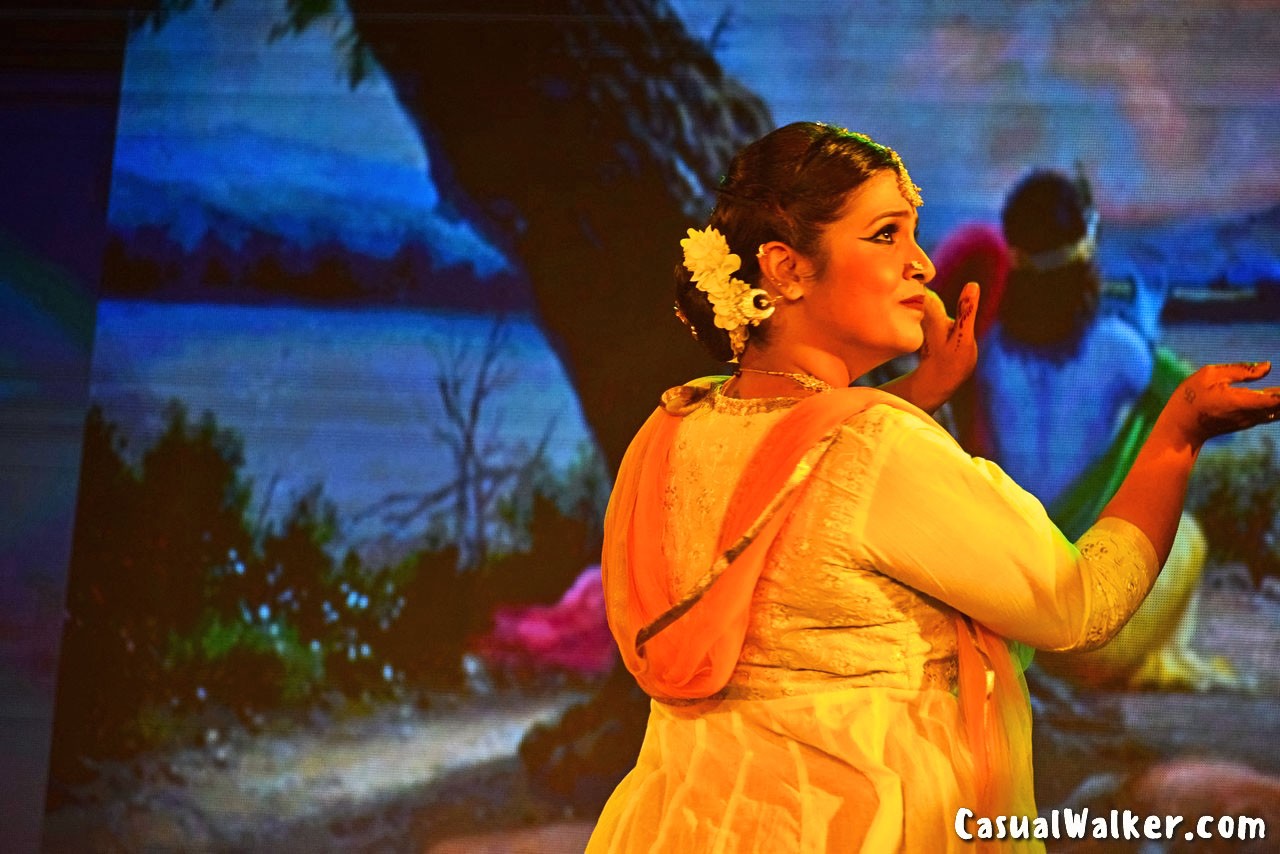
Kathak Dance Music and Instruments
A Kathak performance may involve up to twelve traditional instruments, depending on the desired impact and depth of a specific presentation. The most frequently used instruments that enhance a Kathak performance include the Tabla, which synchronizes with the rhythmic footwork of the performer, and the Harmonium or Sarangi accompanied by Manjira, which measures the tala or the rhythmic cycle.
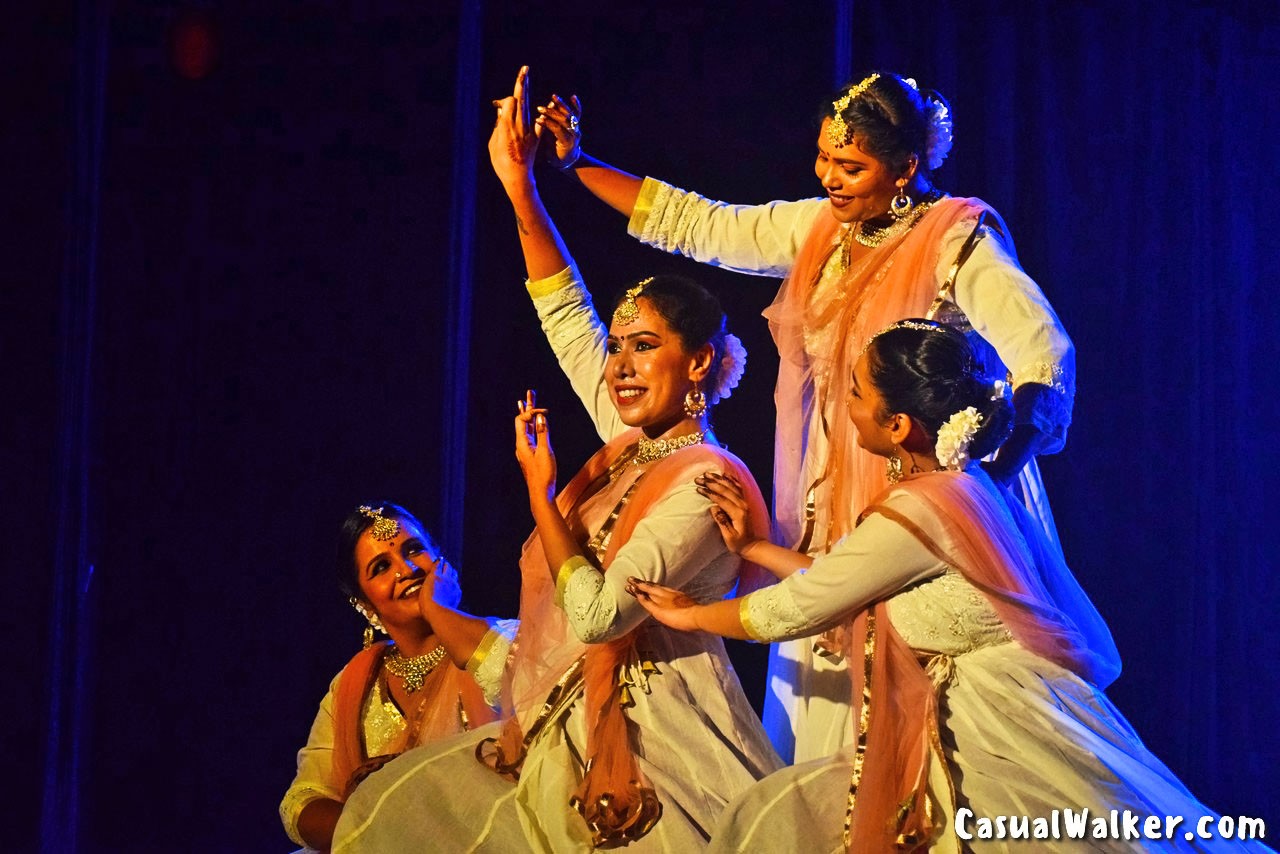
Additionally, there are many other instruments that can enhance, add effects, and provide depth to a Kathak performance. Dhrupad, an ancient music genre of India, is commonly employed to enhance the stage performance of Kathak.
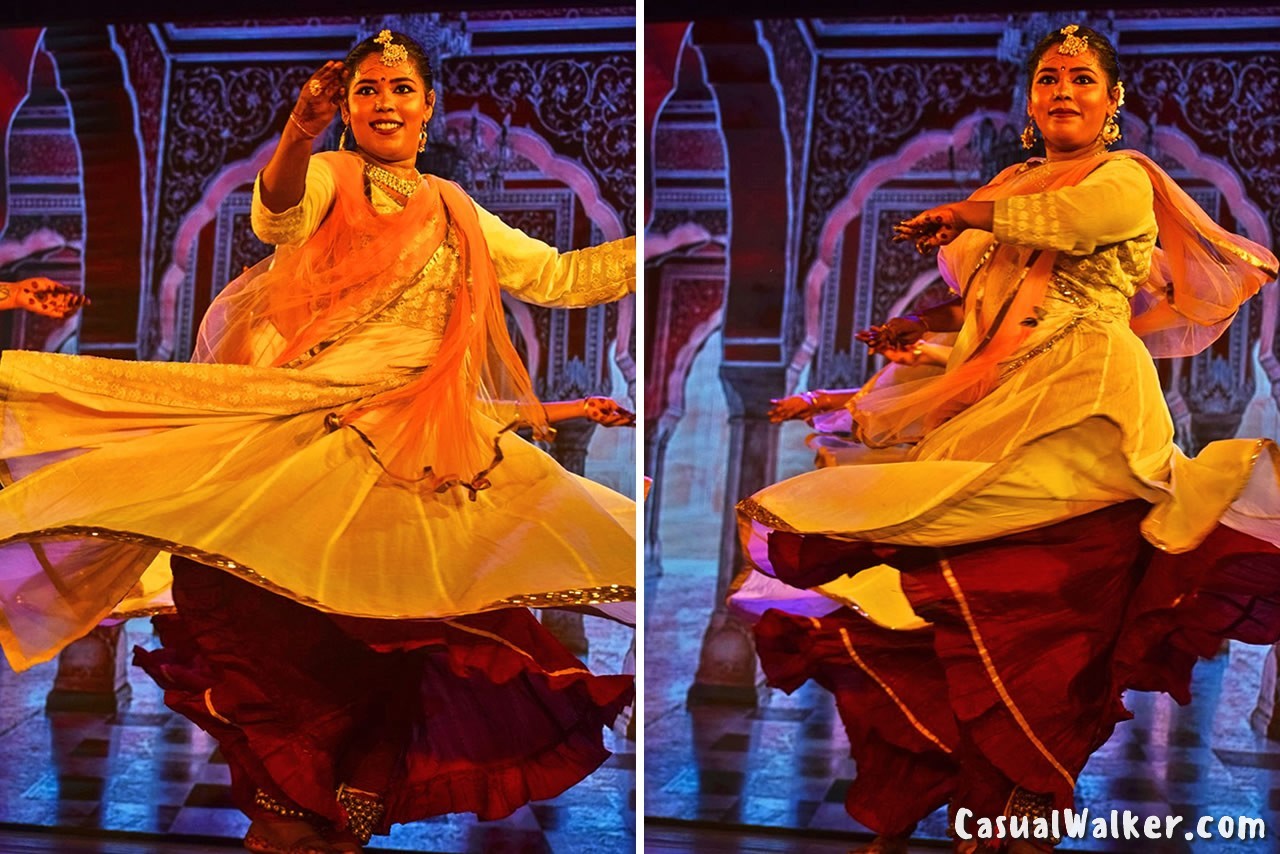
Kathak Dance Costumes Unveiled
The costume for female Kathak dancers comes in two variations. One is based on a Sari but is worn differently from the usual style that goes over the left shoulder. In this style, a Kathak artist wraps the sari around the waist, letting it hang down from the left. The upper body is covered by a blouse known as a choli, and in some cases, the artist may also wear a scarf called Orhni. The artist may adorn themselves with gold jewelry on the hair, face, ears, neck, hands, wrists, and ankles. A tika or bindi in the middle of the forehead is a common accessory.
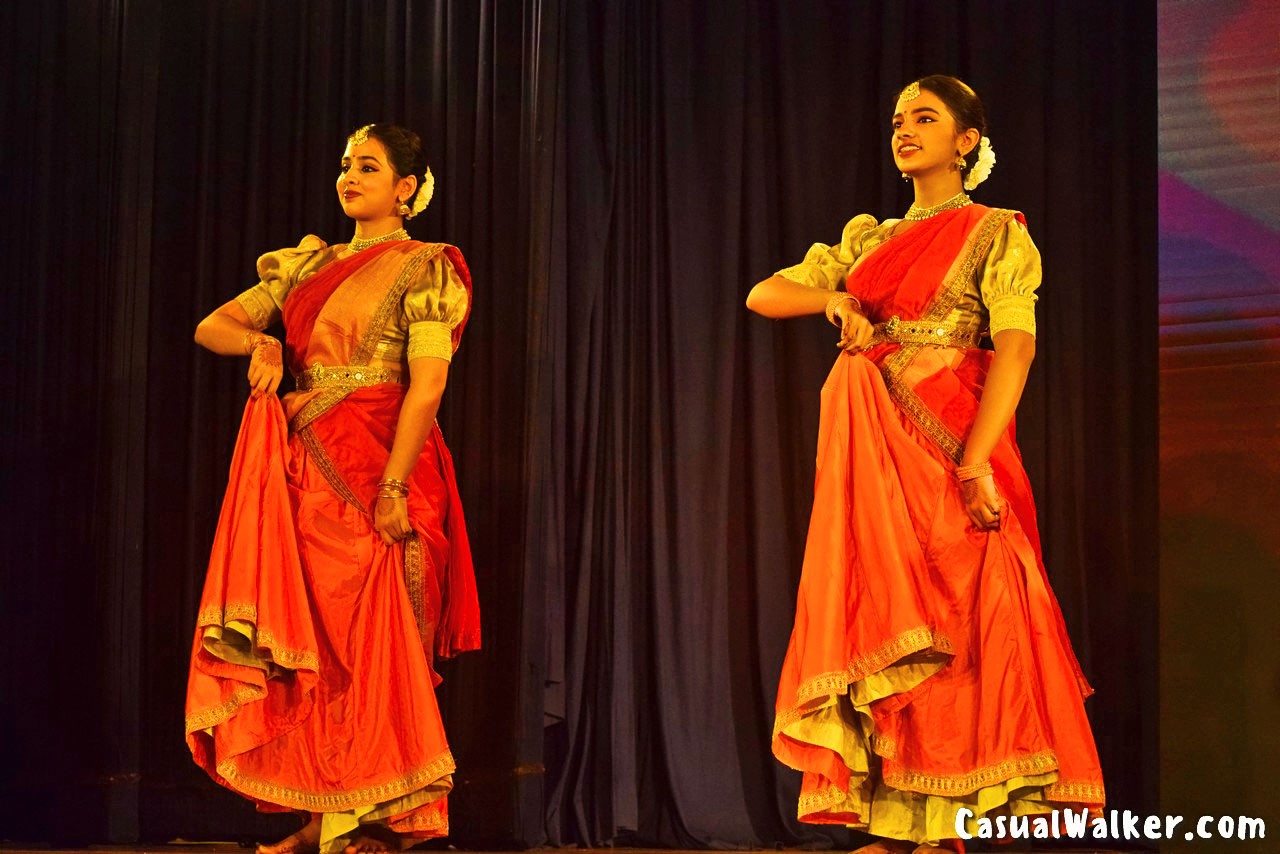
The second variation for Hindu Kathak dancers involves a long, lightweight skirt, usually with an embroidered border that accentuates the dance moves. This skirt is paired with a contrasting color choli, and a transparent scarf typically drapes over it and the dancer’s head. Jewelry is a common feature in this second variation as well.
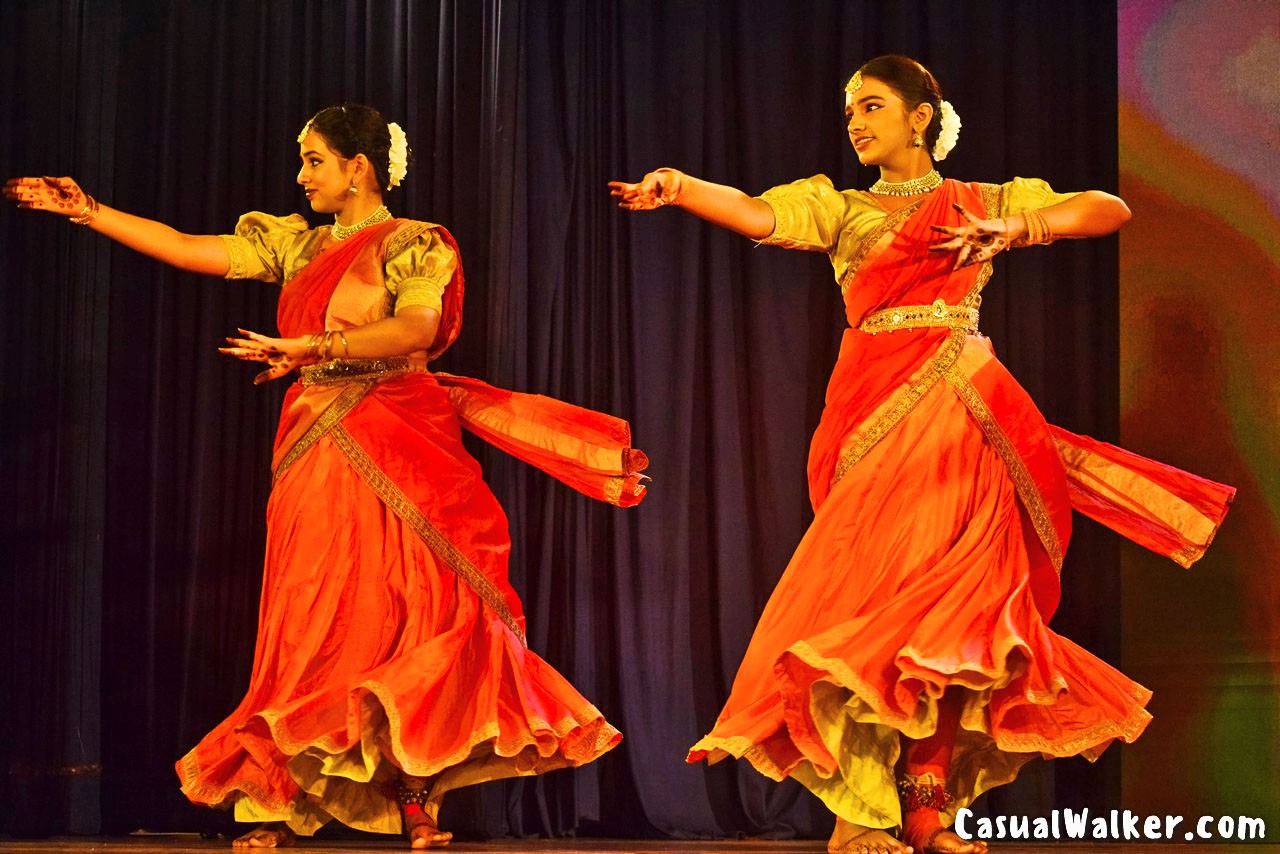
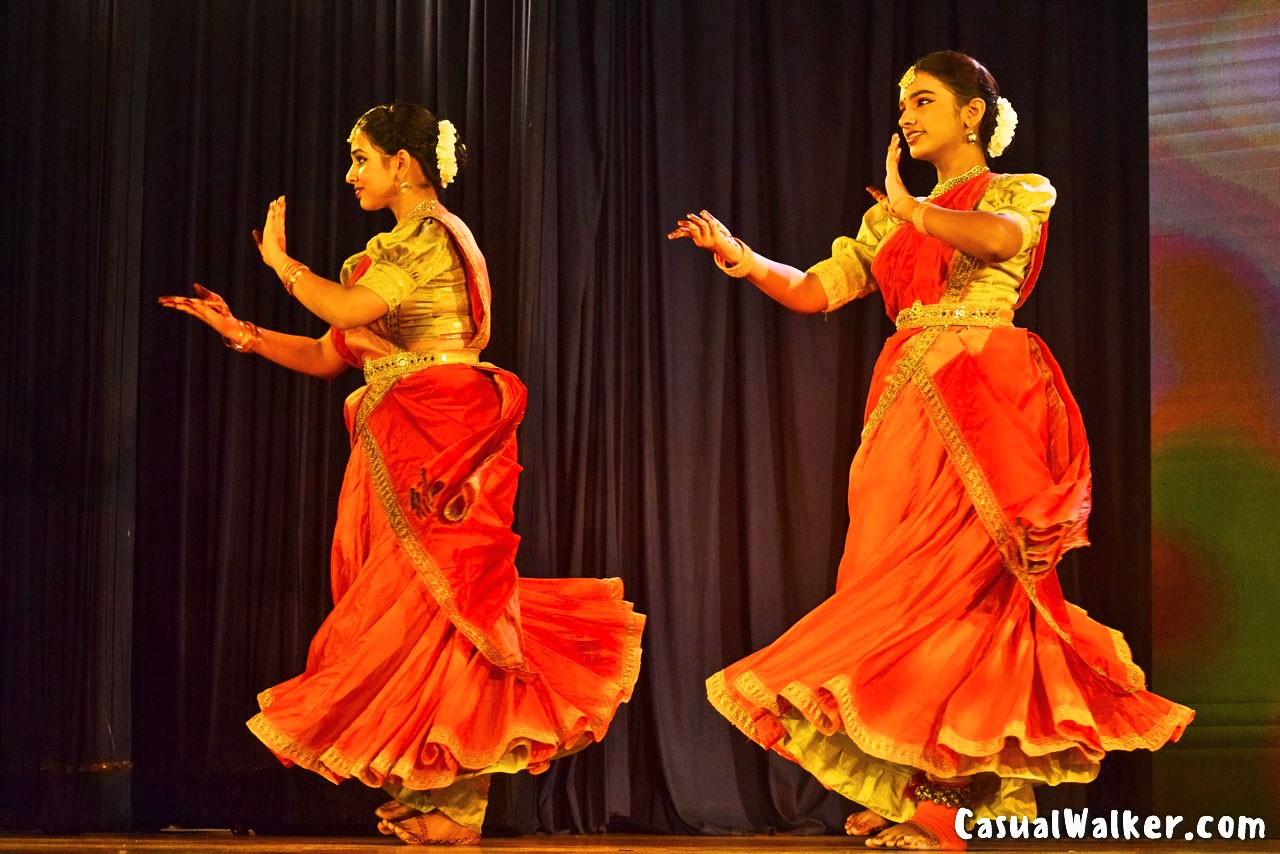
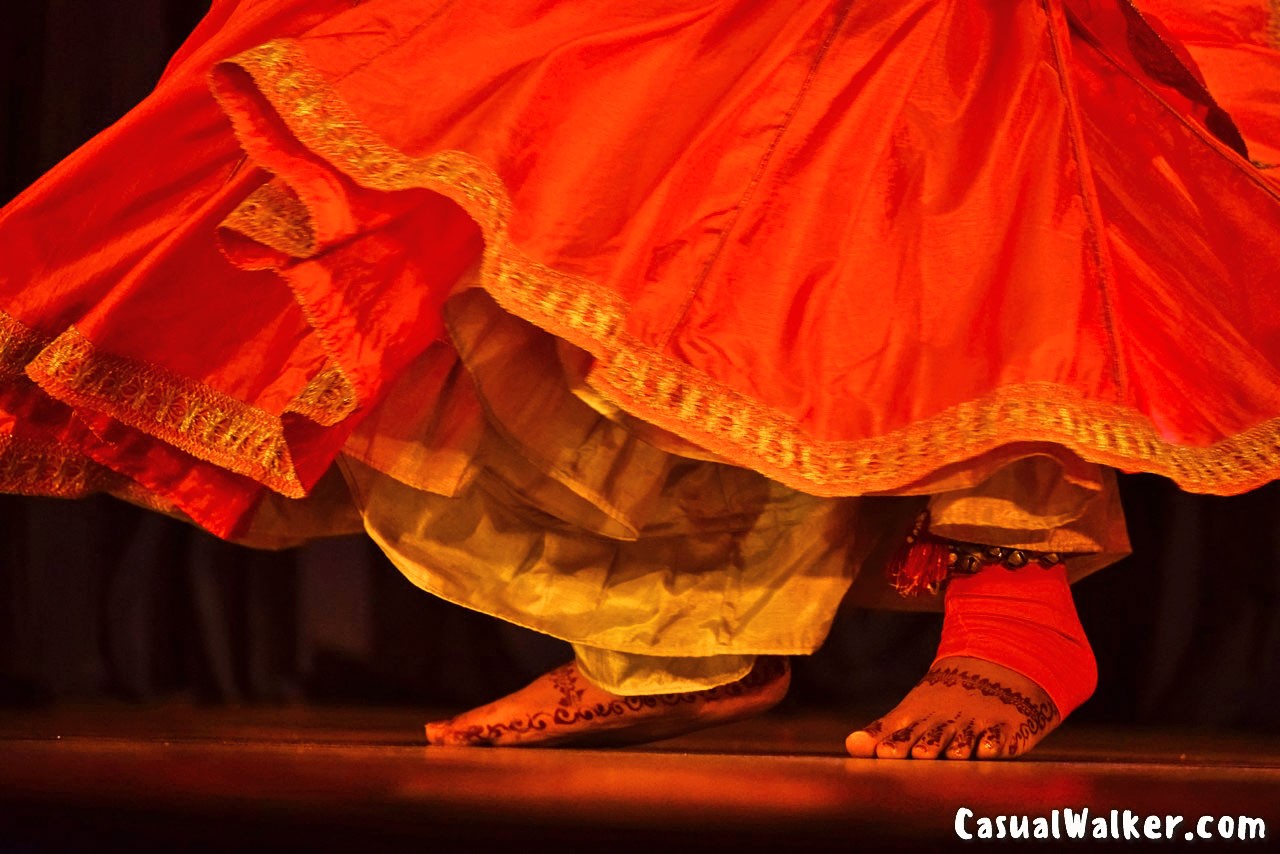
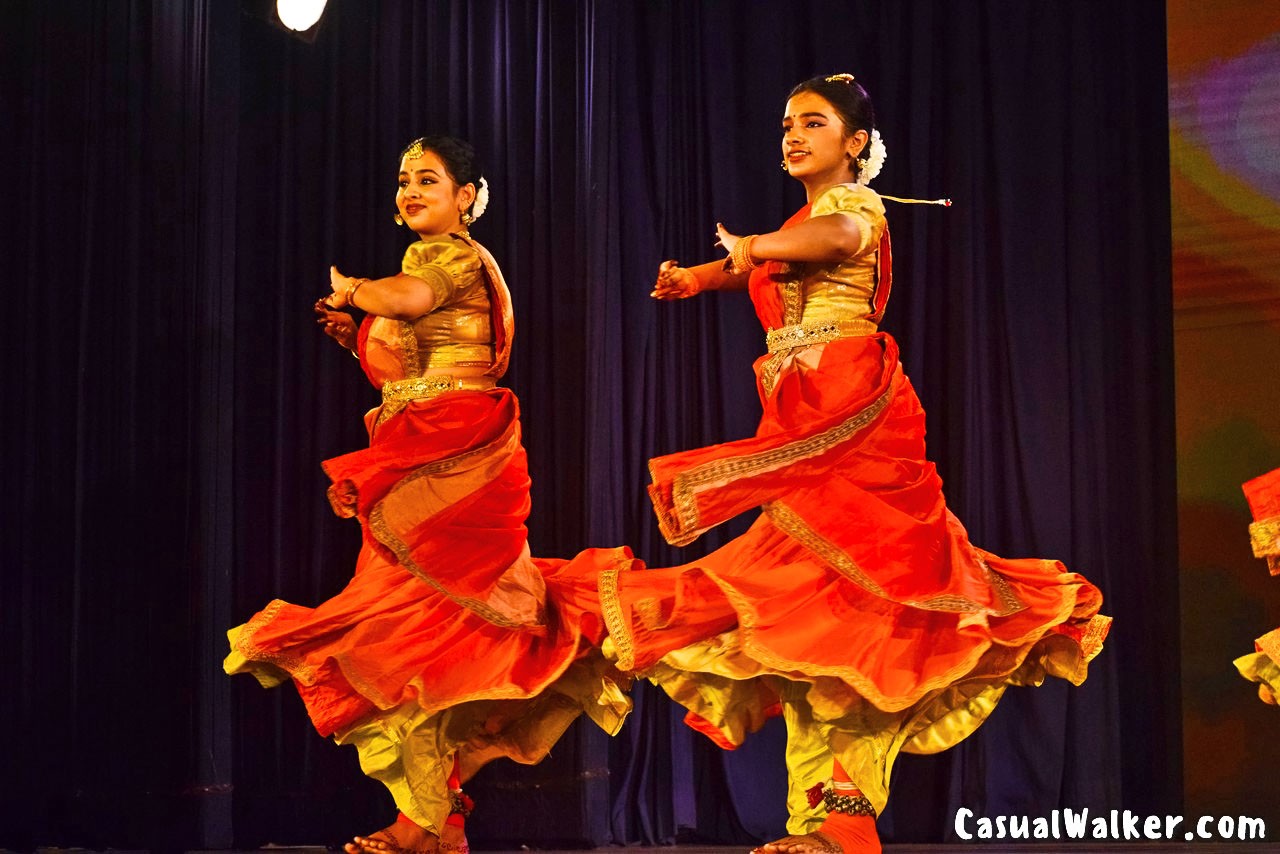
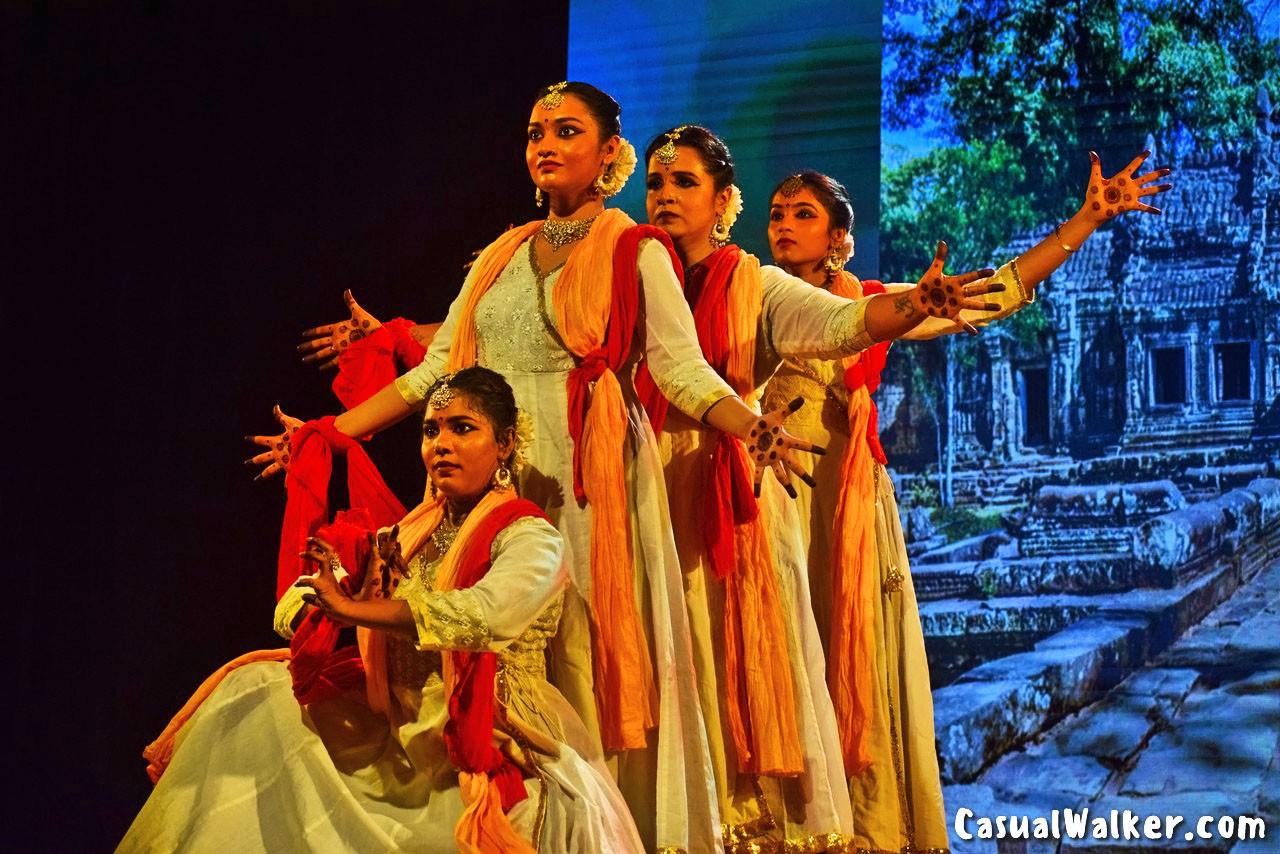
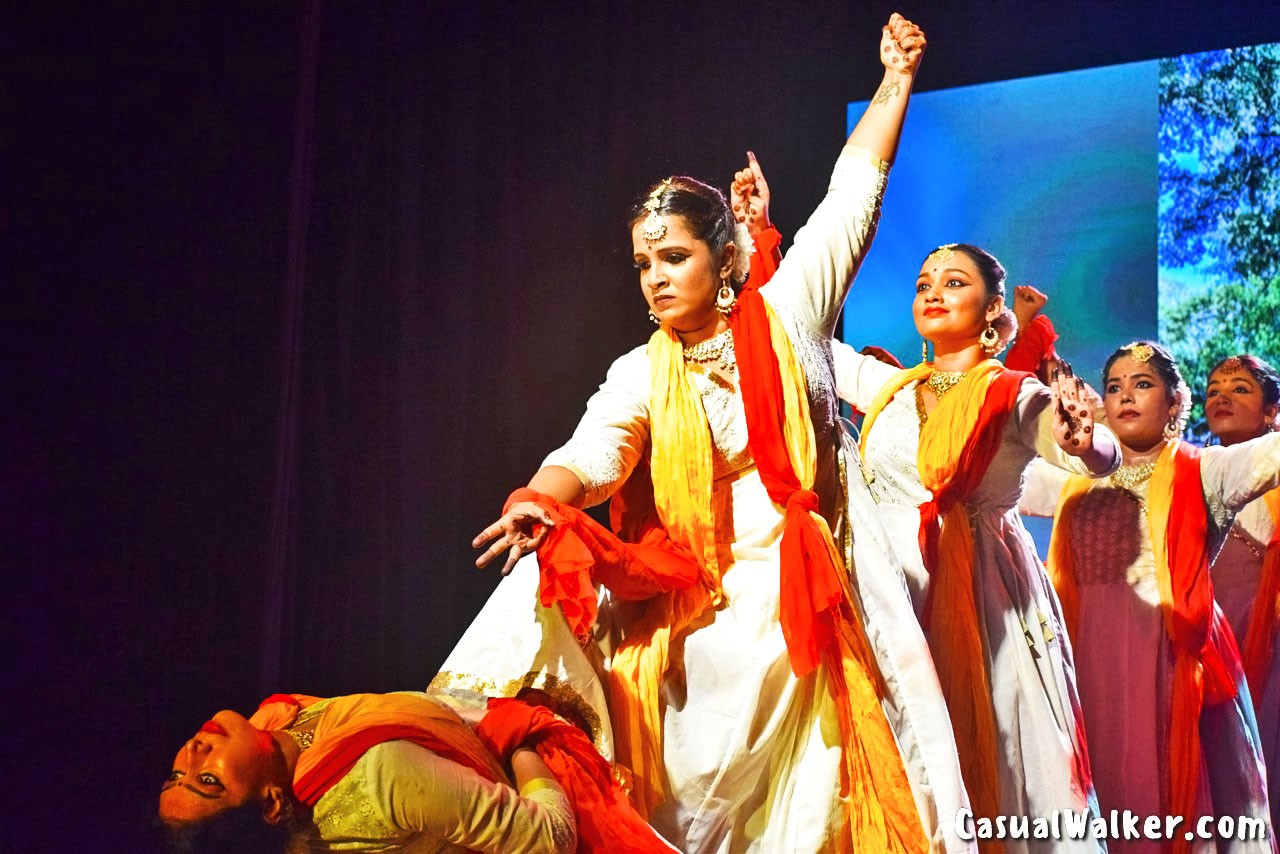
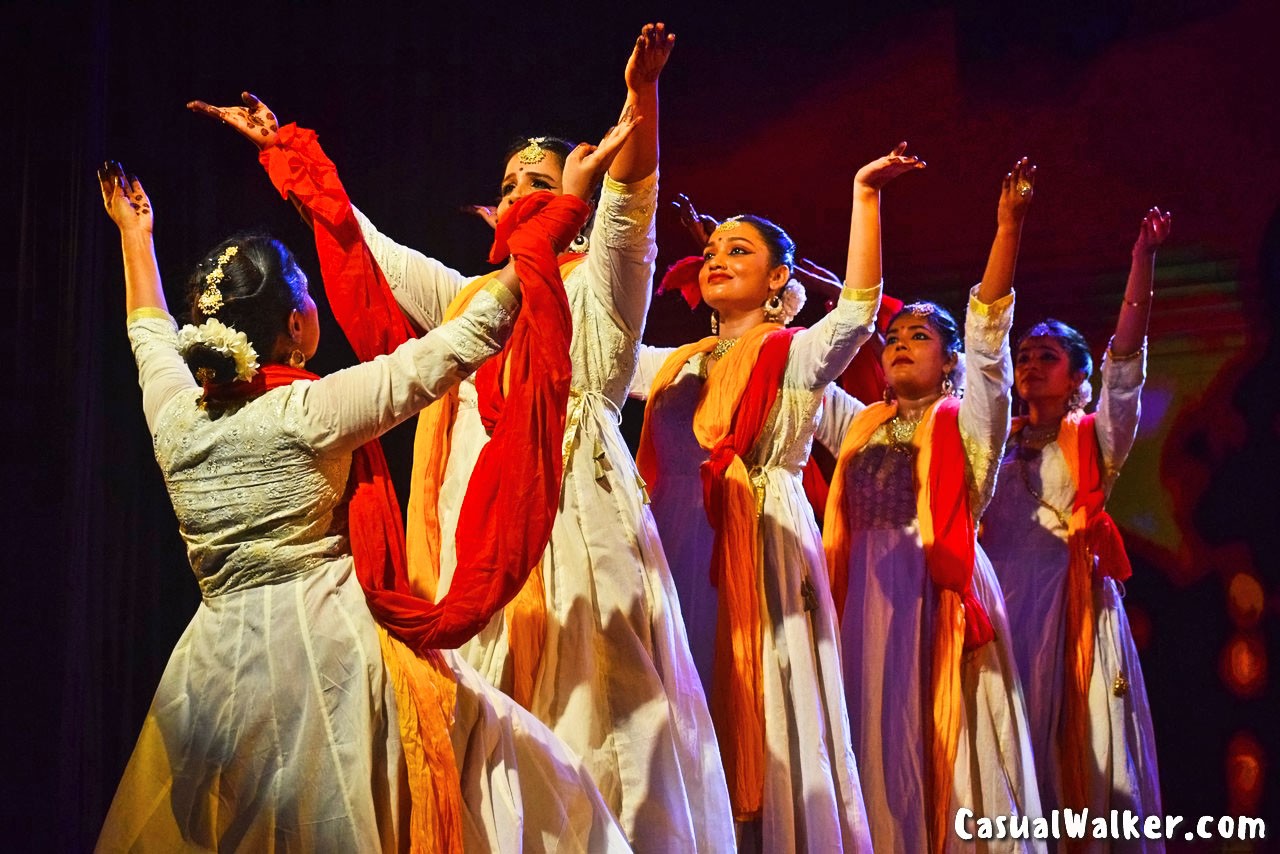
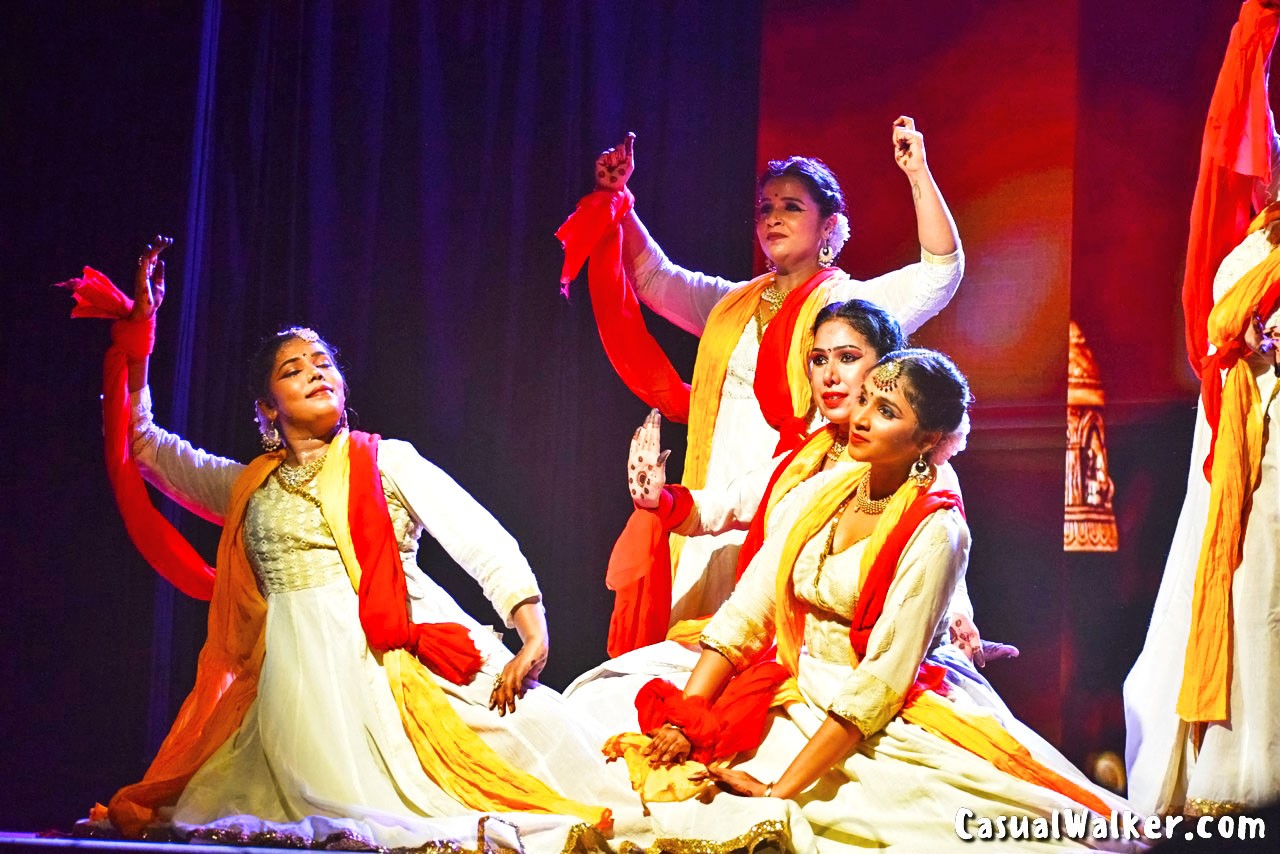
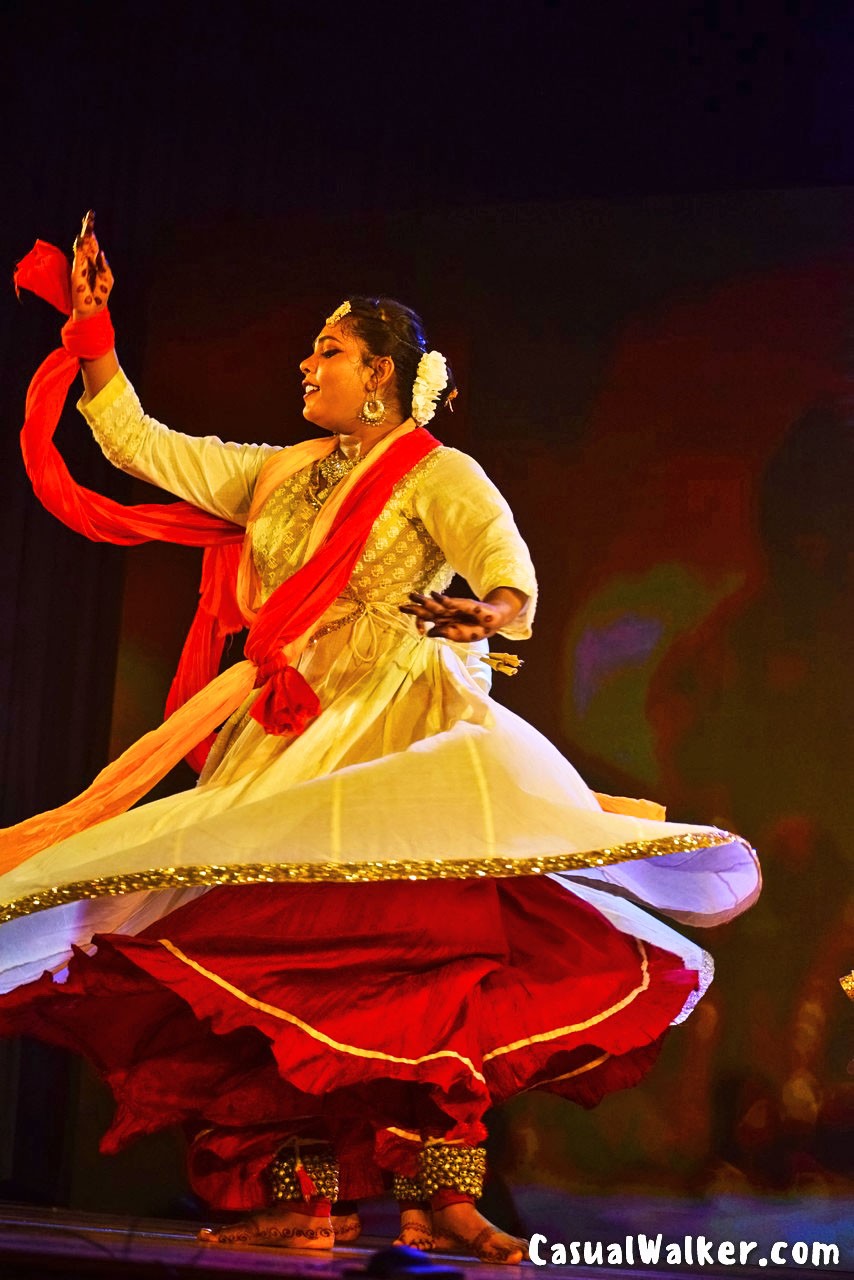
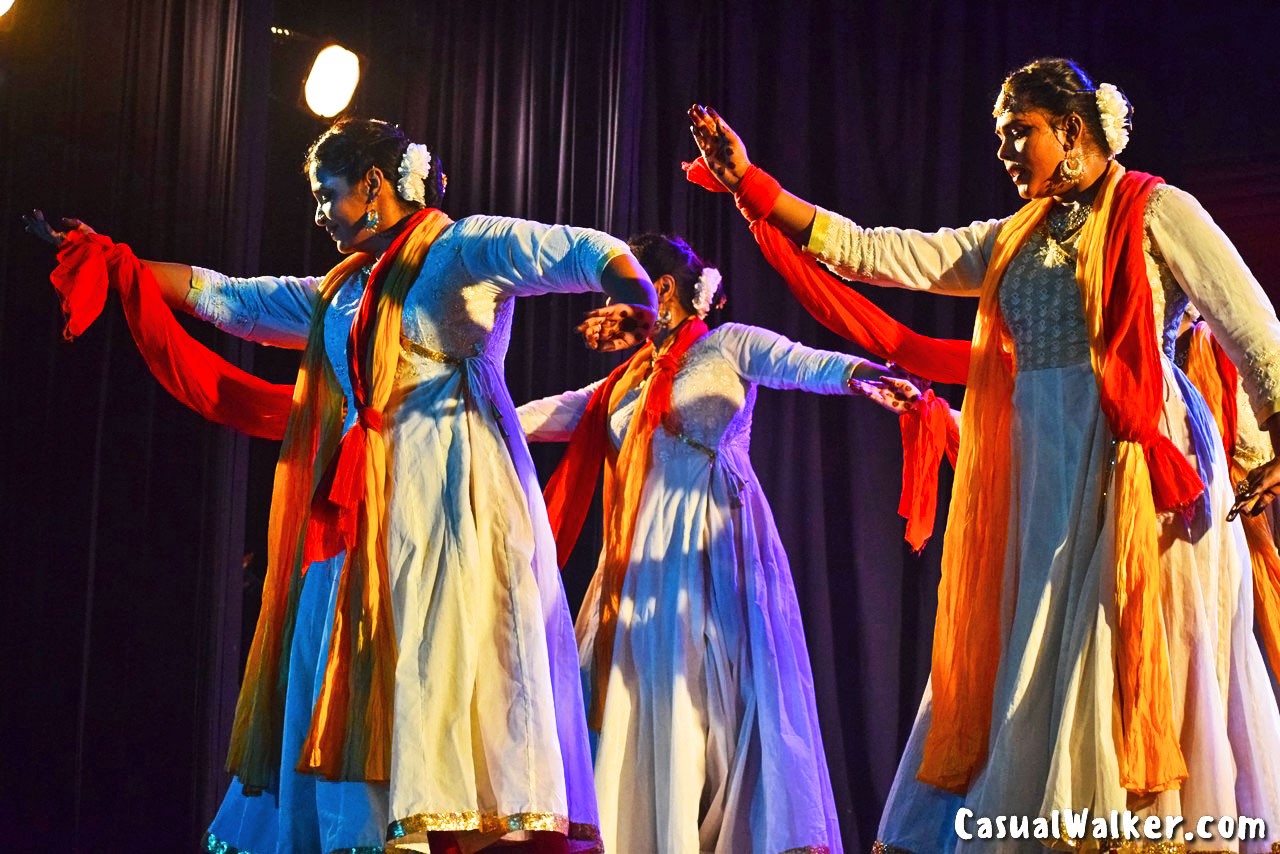
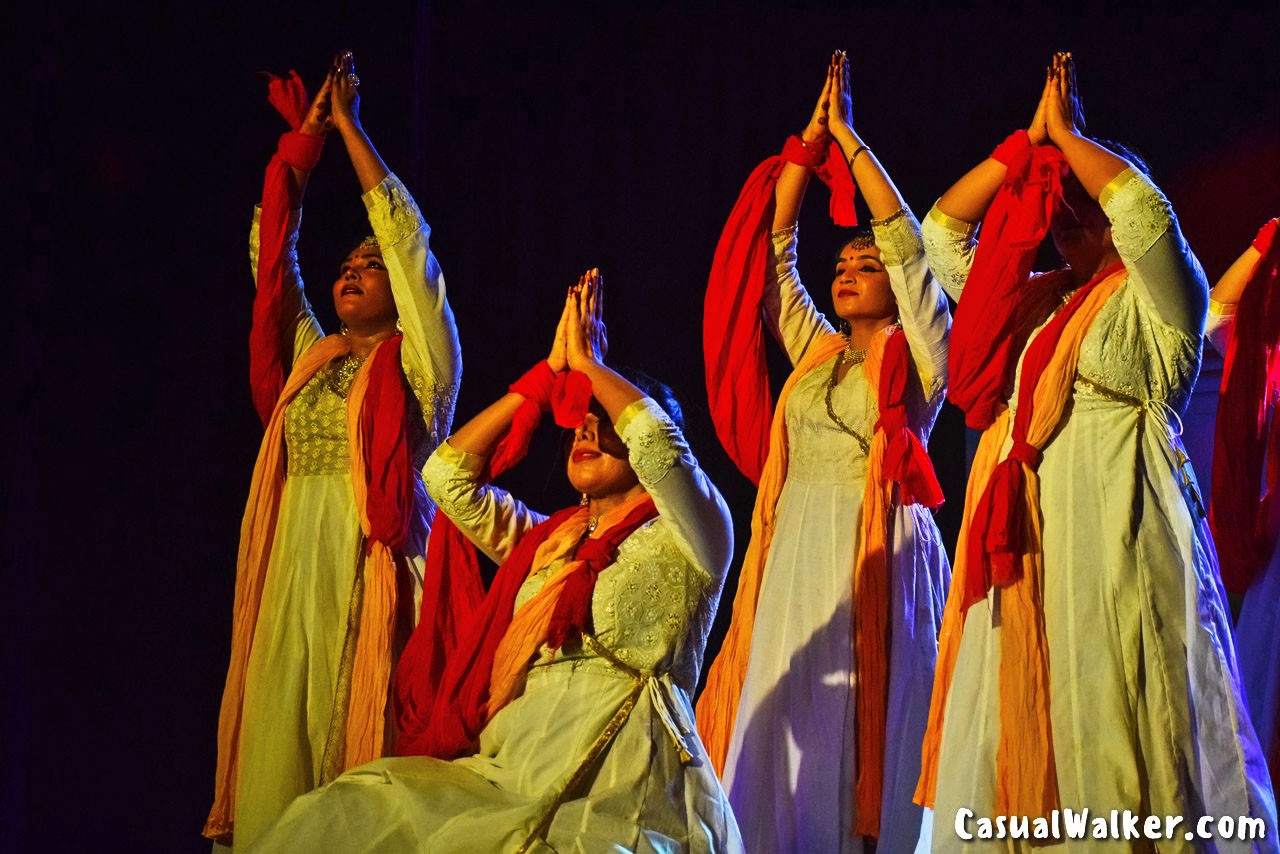
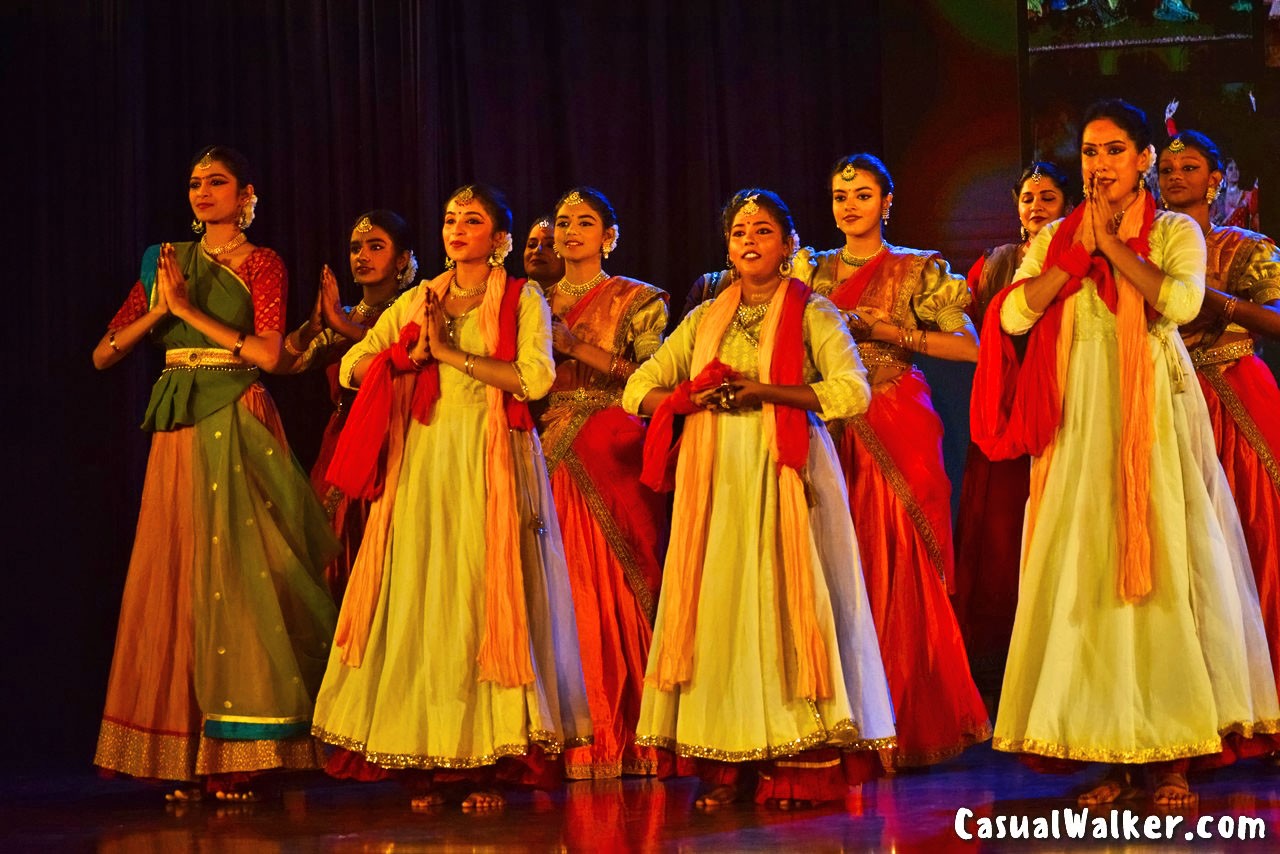
Also, check our Similar Photo Stories on Dance & Culture :
Koothu Kottaai – Grand Folk Arts Show Of Tamil Nadu (Part 1)
 














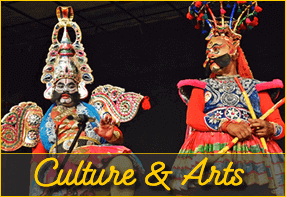
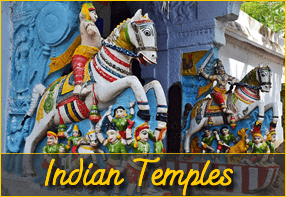
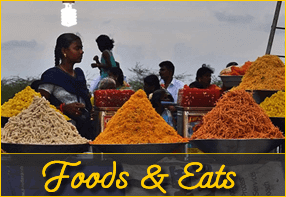
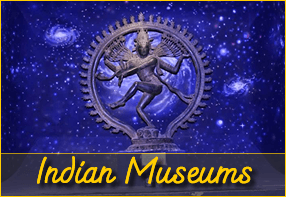

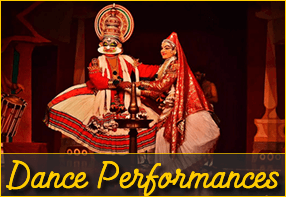
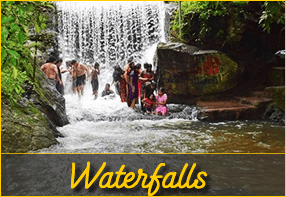
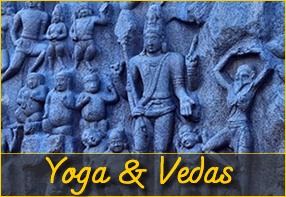
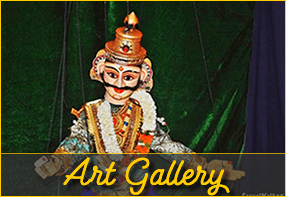
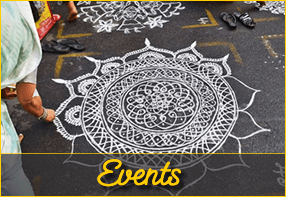


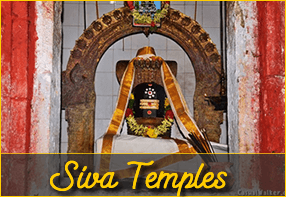
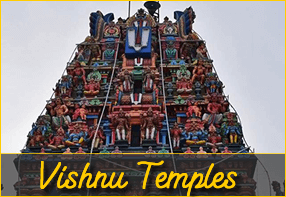
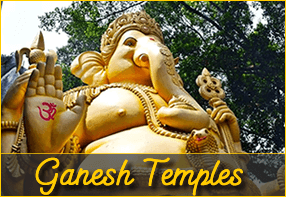
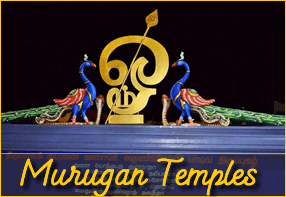
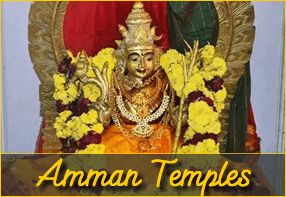
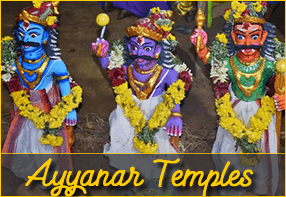

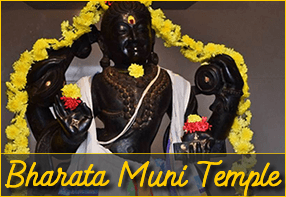
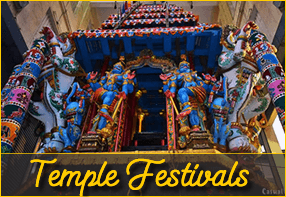
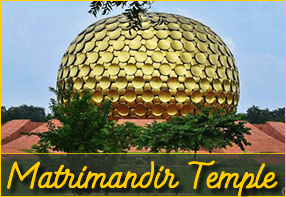
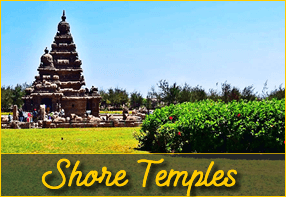

 Related Stories
Related Stories





